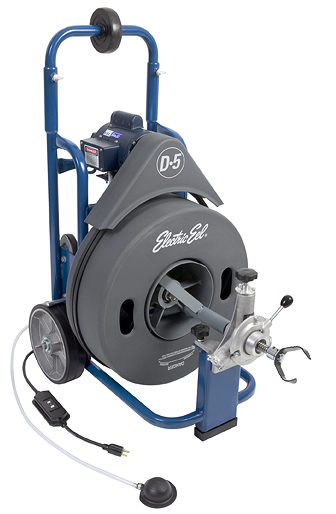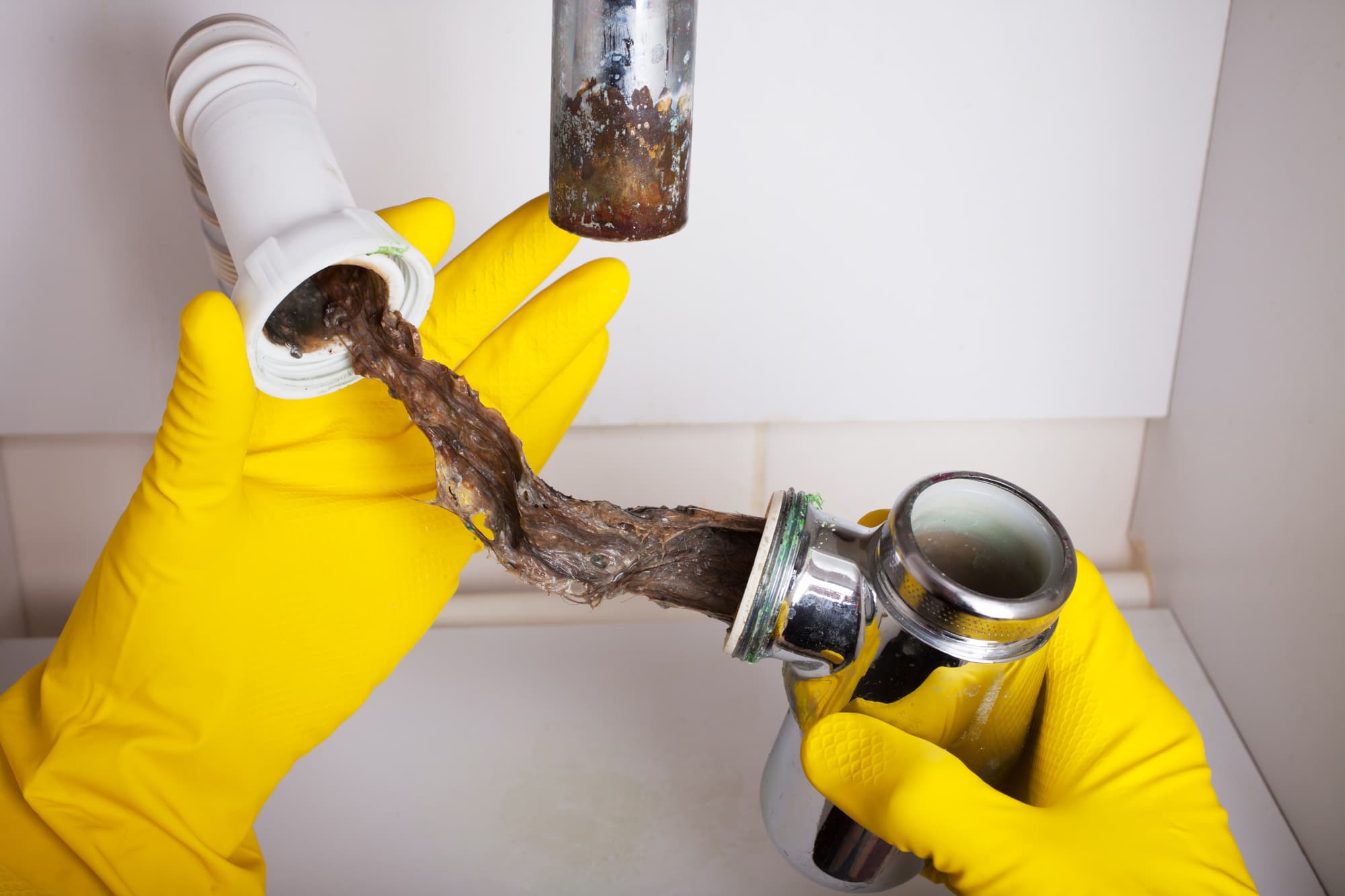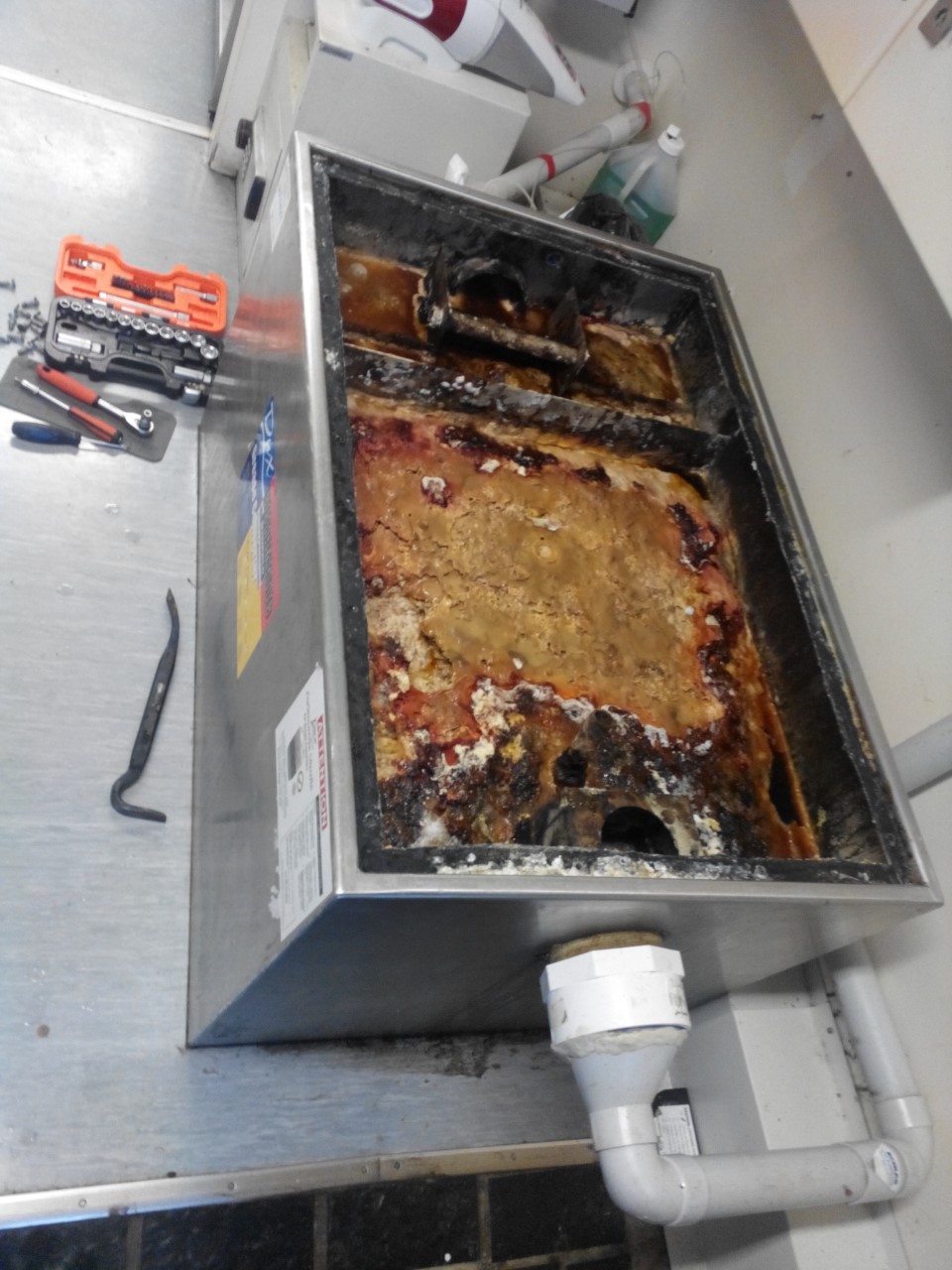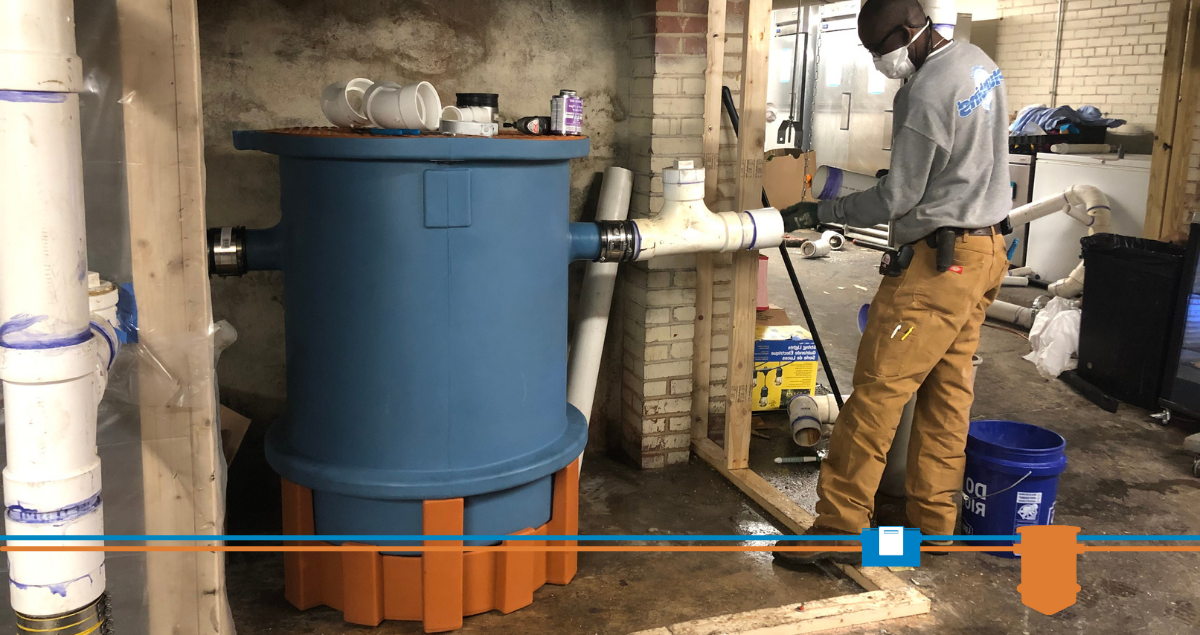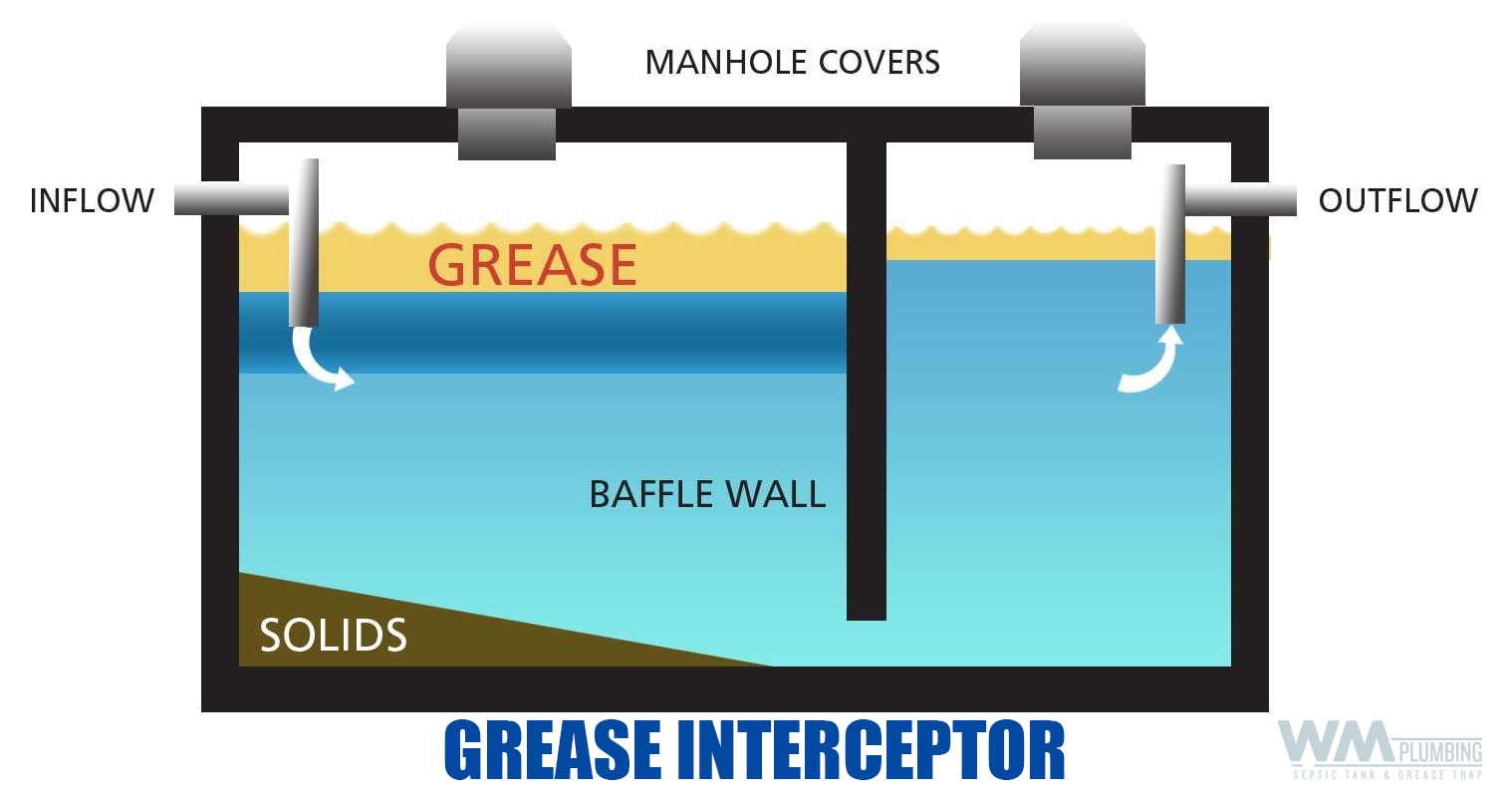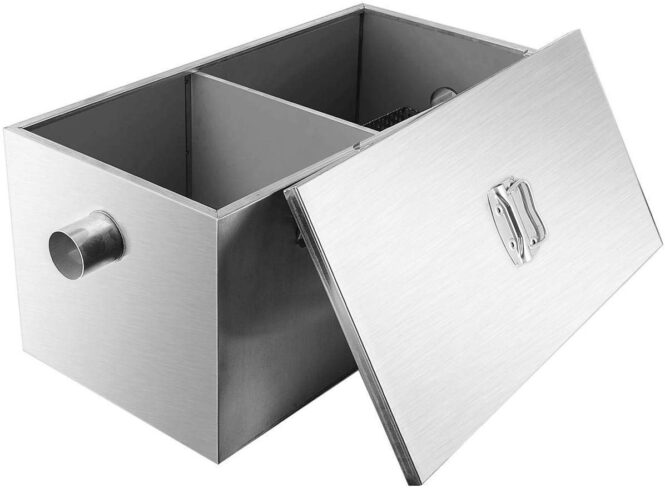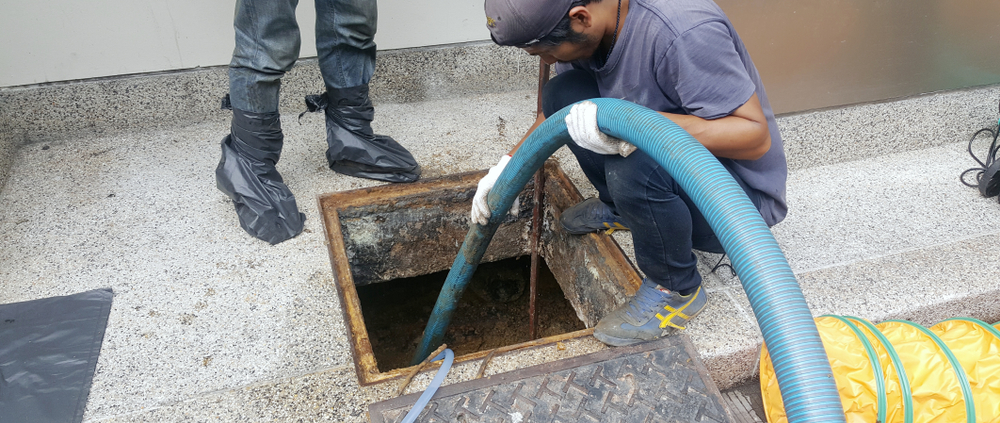A drain strainer is a small, mesh screen that fits over your sink drain. It is designed to catch food particles and debris before they go down the drain and cause clogs. Using a drain strainer is an easy and effective way to prevent kitchen sink clogs. Simply place the strainer over your sink drain and make sure it is securely in place. After each use, remove the strainer and empty any trapped debris into the trash. This simple step can save you from dealing with a clogged sink in the future. Featured keywords: drain strainer, prevent, clogs.Use a drain strainer
One of the biggest culprits of kitchen sink clogs is grease. While it may be tempting to pour leftover grease down the drain, this can lead to major clogs and even damage to your plumbing system. When grease cools, it solidifies and can stick to the inside of your pipes, causing buildup and blockages. To prevent this, always dispose of grease in a separate container and throw it in the trash instead. Featured keywords: grease, clogs, plumbing system.Don't pour grease down the drain
Another simple and effective way to prevent kitchen sink clogs is to run hot water down the drain after each use. Hot water helps to flush out any small debris that may be stuck in your pipes and prevents them from building up over time. Make it a habit to run hot water for a few minutes after washing dishes or using your garbage disposal. This can go a long way in keeping your kitchen sink free from clogs. Featured keywords: hot water, prevent, debris.Run hot water after each use
If you do encounter a clogged kitchen sink, using a plunger can often do the trick. Fill your sink with enough water to cover the rubber part of the plunger, then place it over the drain and push down and up vigorously. The suction created by the plunger can help to dislodge any clogs and get your sink draining properly again. Make sure to use a plunger specifically designed for sinks, as toilet plungers may not be as effective. Featured keywords: plunger, clogged, draining.Use a plunger
Instead of using harsh chemicals, try using a natural drain cleaner to prevent kitchen sink clogs. Mix equal parts of baking soda and vinegar and pour it down the drain. Let it sit for a few minutes before flushing it with hot water. This mixture can help to break down any buildup in your pipes and keep them clear. You can also add a few drops of essential oils, such as lemon or peppermint, to give your sink a fresh scent. Featured keywords: natural drain cleaner, baking soda, vinegar.Try a natural drain cleaner
Fibrous foods, such as celery, potato peels, and corn husks, should never be put down the kitchen sink drain. These types of foods do not break down easily and can get tangled in your pipes, causing clogs. Instead, dispose of these types of food scraps in the trash or compost them. This simple step can prevent major clogs and save you from having to call a plumber. Featured keywords: fibrous foods, clogs, pipes.Avoid putting fibrous foods down the drain
If you have a garbage disposal, it's important to regularly clean and maintain it to prevent kitchen sink clogs. Food particles can easily get stuck in the blades and cause clogs over time. One simple way to clean your garbage disposal is to pour a cup of ice cubes and a cup of rock salt down the drain. Turn on the disposal and let it run for a few seconds. This will help to clean the blades and remove any buildup. Featured keywords: garbage disposal, clean, maintain.Regularly clean your garbage disposal
If your current garbage disposal is constantly getting clogged, it may be time to upgrade to one with a higher horsepower. A garbage disposal with a higher horsepower has a stronger motor and can handle more food scraps without getting clogged. When shopping for a new garbage disposal, look for one that is at least 1/2 horsepower or higher. This can save you from dealing with frequent clogs in the future. Featured keywords: garbage disposal, upgrade, horsepower.Install a garbage disposal with a high horsepower
If your kitchen sink is prone to clogs, investing in a drain snake can be a useful tool to have. A drain snake is a long, flexible tool with a coiled end that can be inserted into your pipes to remove any clogs. When using a drain snake, be sure to follow the manufacturer's instructions carefully. If you are unsure or uncomfortable using one, it's best to call a professional plumber to handle the job. Featured keywords: drain snake, clogs, professional plumber.Use a drain snake
If you regularly cook with grease and oils, installing a grease trap can help to prevent kitchen sink clogs. A grease trap is a small device that captures grease and oils before they enter your plumbing system. Grease traps can be installed under your sink or in your plumbing system and can save you from dealing with costly clogs and repairs in the future. Featured keywords: grease trap, prevent, plumbing system.Consider using a grease trap
Preventing Kitchen Sink Clogs: Tips for a Functional and Stylish Kitchen Design

The Importance of a Well-Designed Kitchen
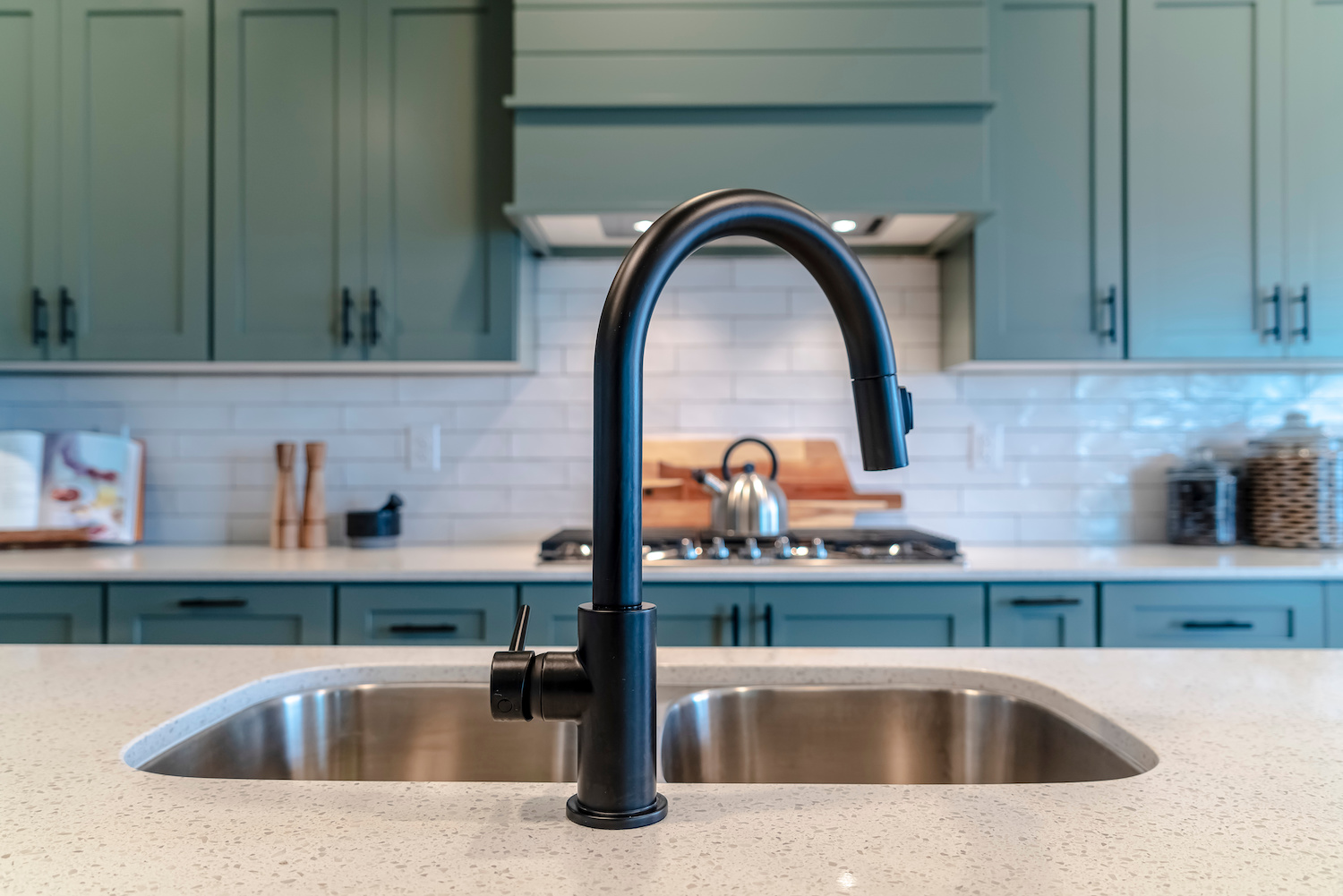 When it comes to designing a house, the kitchen is often considered the heart of the home. It is where meals are prepared, family and friends gather, and memories are made. Therefore, it is crucial to have a functional and stylish kitchen that not only meets your needs but also reflects your personal style. However, a common problem in many kitchens is a clogged kitchen sink, which can be a major inconvenience and cause damage to your plumbing system. Fortunately, there are simple ways to prevent kitchen sink clogs and maintain a beautiful and functional kitchen design.
When it comes to designing a house, the kitchen is often considered the heart of the home. It is where meals are prepared, family and friends gather, and memories are made. Therefore, it is crucial to have a functional and stylish kitchen that not only meets your needs but also reflects your personal style. However, a common problem in many kitchens is a clogged kitchen sink, which can be a major inconvenience and cause damage to your plumbing system. Fortunately, there are simple ways to prevent kitchen sink clogs and maintain a beautiful and functional kitchen design.
Invest in a Good Quality Garbage Disposal
 One of the main culprits of kitchen sink clogs is food scraps and waste that get stuck in the drain. To prevent this, consider investing in a good quality garbage disposal. Not only does it help break down food particles, but it also reduces the chances of clogs and keeps your kitchen smelling fresh. It is important to choose a garbage disposal that is powerful enough to handle your household's needs and to regularly clean and maintain it to ensure its effectiveness.
One of the main culprits of kitchen sink clogs is food scraps and waste that get stuck in the drain. To prevent this, consider investing in a good quality garbage disposal. Not only does it help break down food particles, but it also reduces the chances of clogs and keeps your kitchen smelling fresh. It is important to choose a garbage disposal that is powerful enough to handle your household's needs and to regularly clean and maintain it to ensure its effectiveness.
Be Mindful of What You Dispose of in the Sink
 Even with a garbage disposal, it is still important to be mindful of what you are disposing of in the sink. Avoid putting items like eggshells, coffee grounds, and grease down the drain as they can easily cause clogs. Instead, opt for composting or throwing these items in the trash. Additionally, always run cold water while using the garbage disposal to help flush out any remaining food particles.
Even with a garbage disposal, it is still important to be mindful of what you are disposing of in the sink. Avoid putting items like eggshells, coffee grounds, and grease down the drain as they can easily cause clogs. Instead, opt for composting or throwing these items in the trash. Additionally, always run cold water while using the garbage disposal to help flush out any remaining food particles.
Use a Sink Strainer
 Another simple yet effective way to prevent kitchen sink clogs is by using a sink strainer. This inexpensive tool helps catch any food scraps and debris before they go down the drain, reducing the chances of clogs. It is important to clean the sink strainer regularly to maintain its effectiveness.
Another simple yet effective way to prevent kitchen sink clogs is by using a sink strainer. This inexpensive tool helps catch any food scraps and debris before they go down the drain, reducing the chances of clogs. It is important to clean the sink strainer regularly to maintain its effectiveness.
Regularly Clean and Maintain Your Plumbing System
 Finally, regular cleaning and maintenance of your plumbing system are crucial in preventing kitchen sink clogs. This includes cleaning the sink and drain regularly, checking for any leaks, and ensuring that all plumbing components are functioning properly. If you notice any issues, it is important to address them immediately to prevent bigger problems in the future.
In conclusion, a well-designed kitchen not only adds beauty and functionality to your home but also helps prevent common issues like kitchen sink clogs. By investing in a good garbage disposal, being mindful of what you dispose of in the sink, using a sink strainer, and regularly maintaining your plumbing system, you can keep your kitchen running smoothly and prevent any potential clogs. Remember, a little prevention goes a long way in maintaining a functional and stylish kitchen design.
Finally, regular cleaning and maintenance of your plumbing system are crucial in preventing kitchen sink clogs. This includes cleaning the sink and drain regularly, checking for any leaks, and ensuring that all plumbing components are functioning properly. If you notice any issues, it is important to address them immediately to prevent bigger problems in the future.
In conclusion, a well-designed kitchen not only adds beauty and functionality to your home but also helps prevent common issues like kitchen sink clogs. By investing in a good garbage disposal, being mindful of what you dispose of in the sink, using a sink strainer, and regularly maintaining your plumbing system, you can keep your kitchen running smoothly and prevent any potential clogs. Remember, a little prevention goes a long way in maintaining a functional and stylish kitchen design.
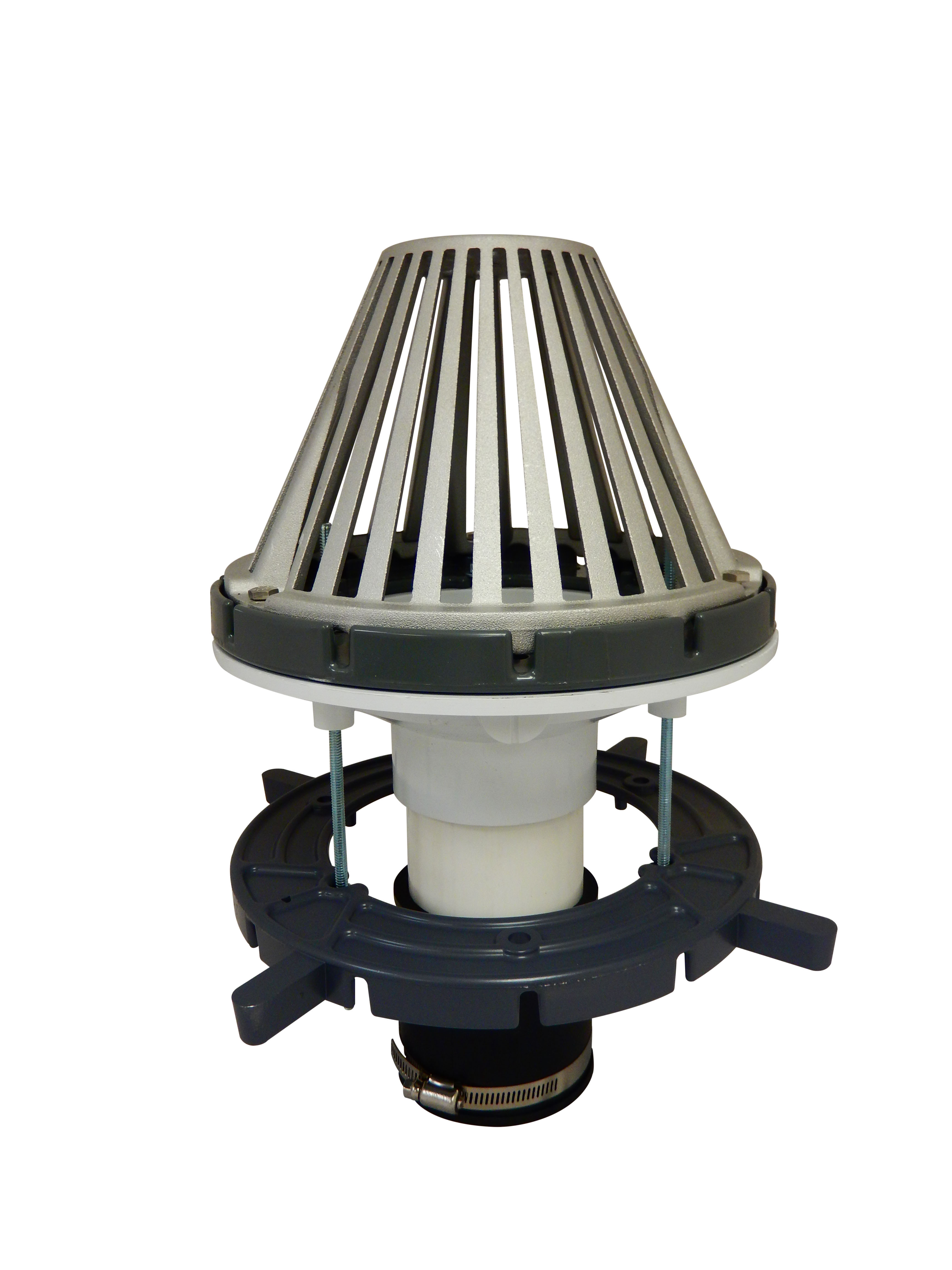
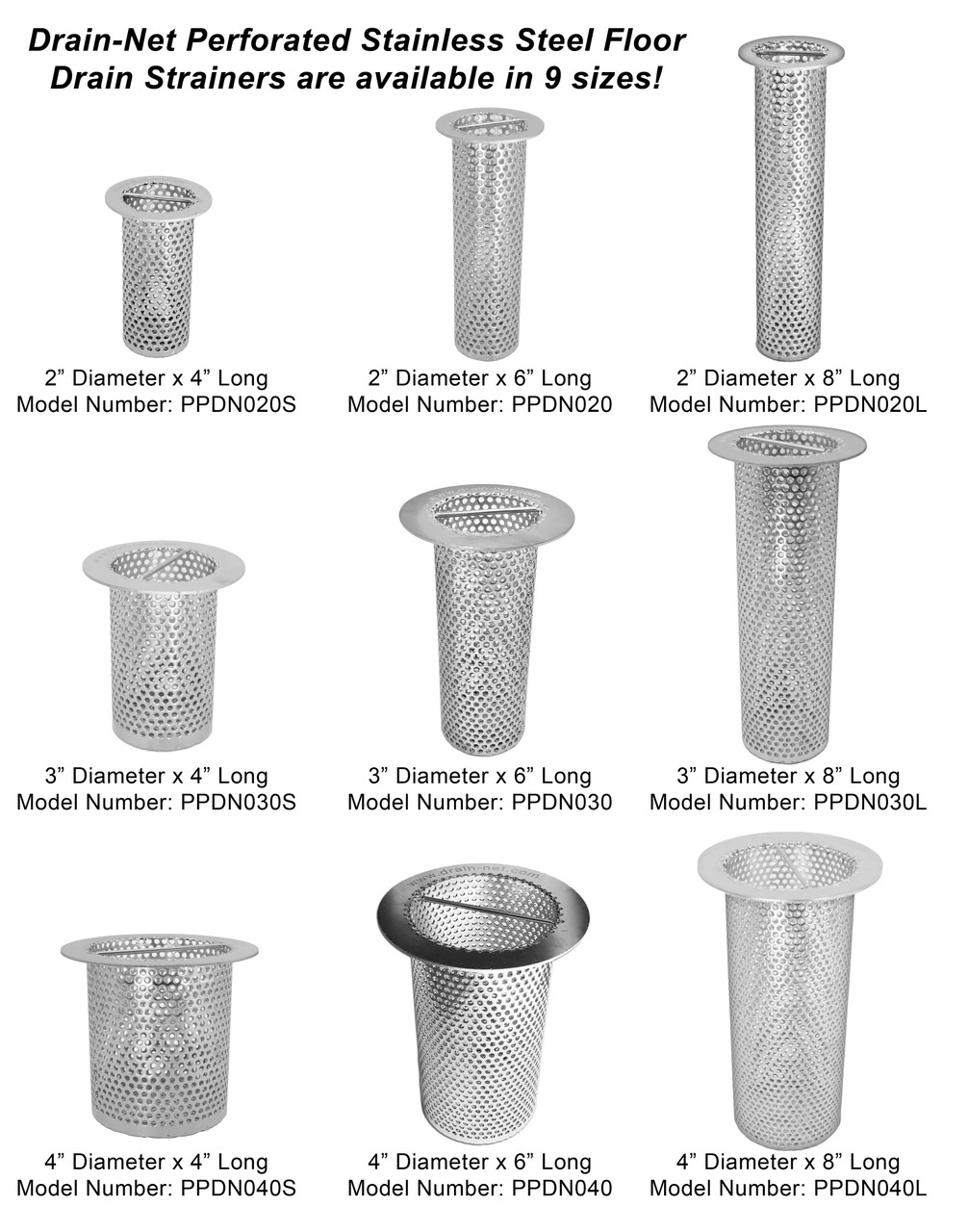








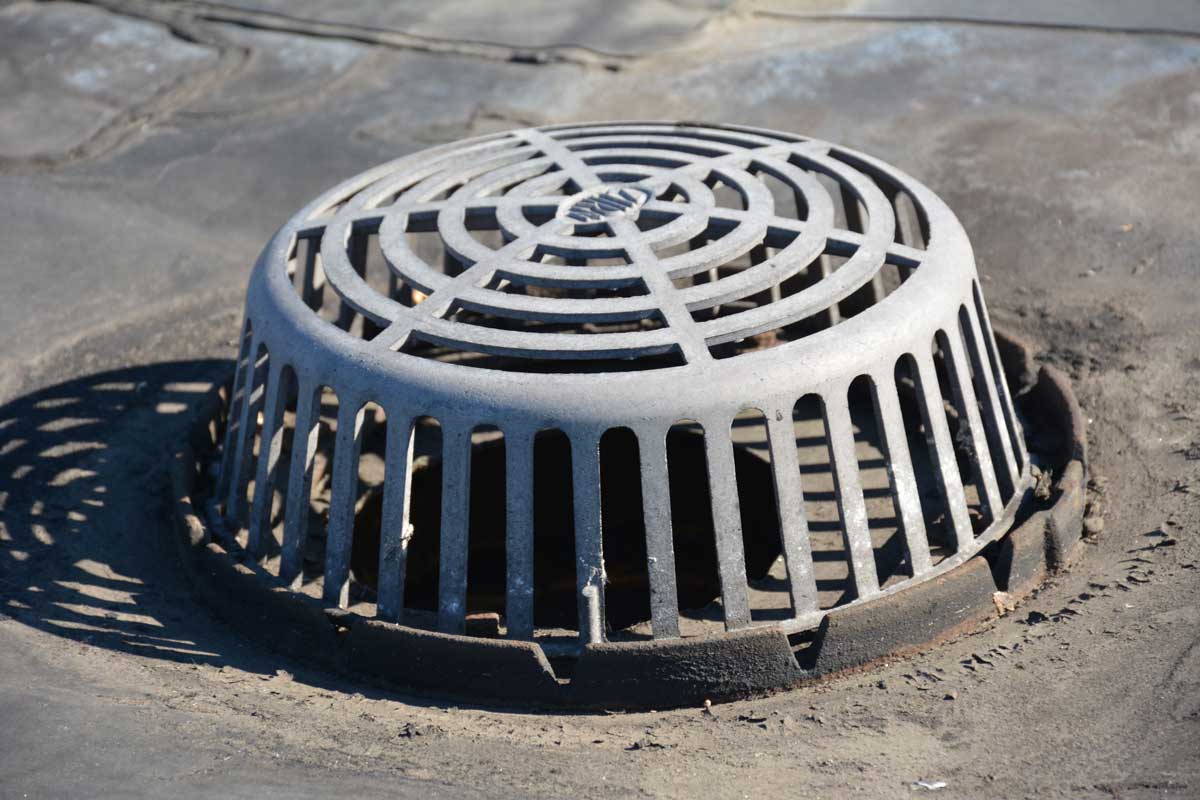

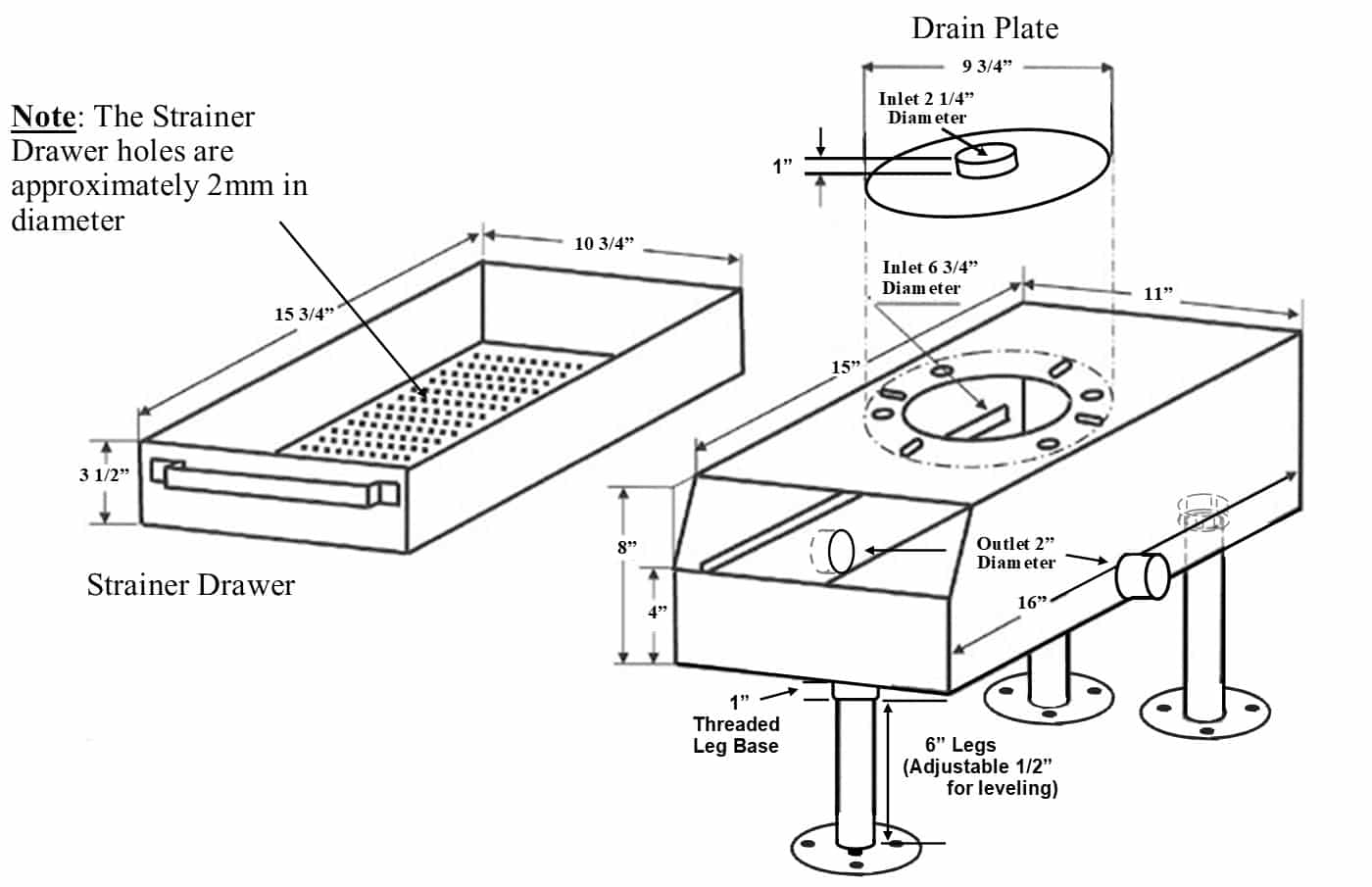





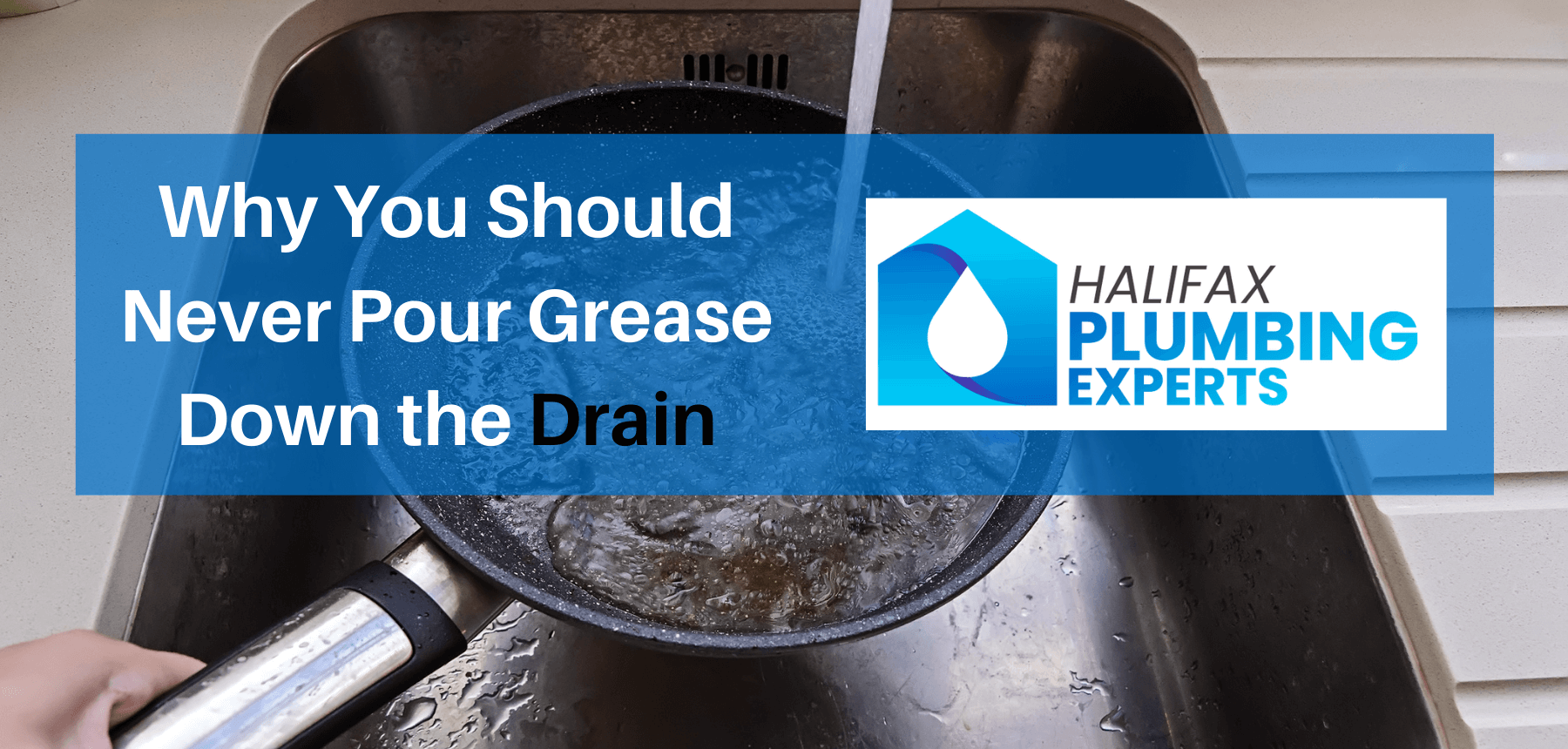

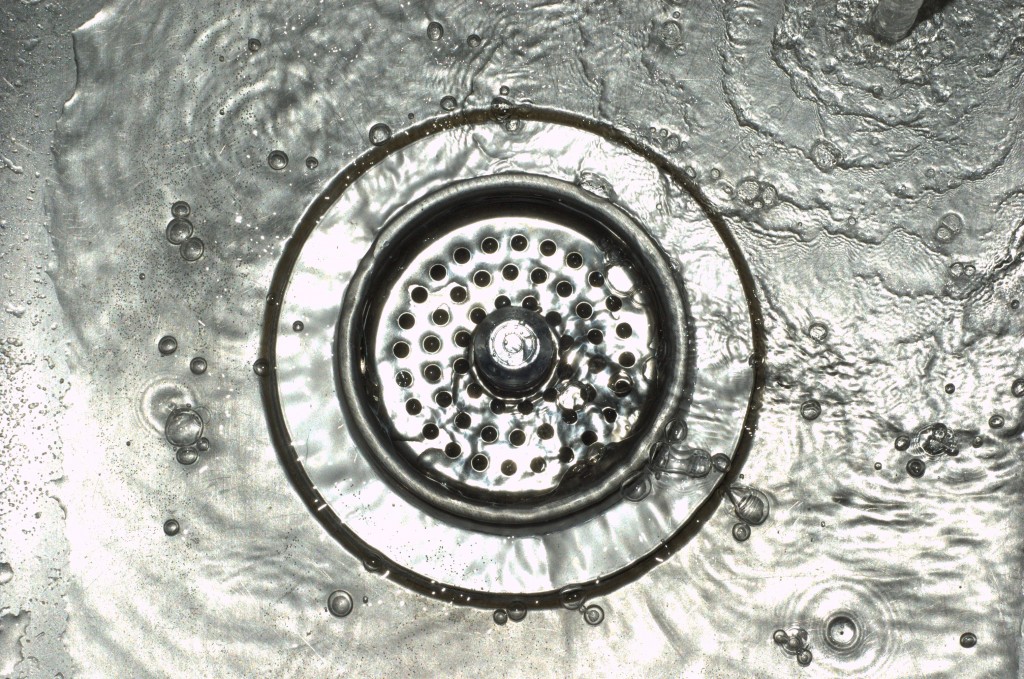



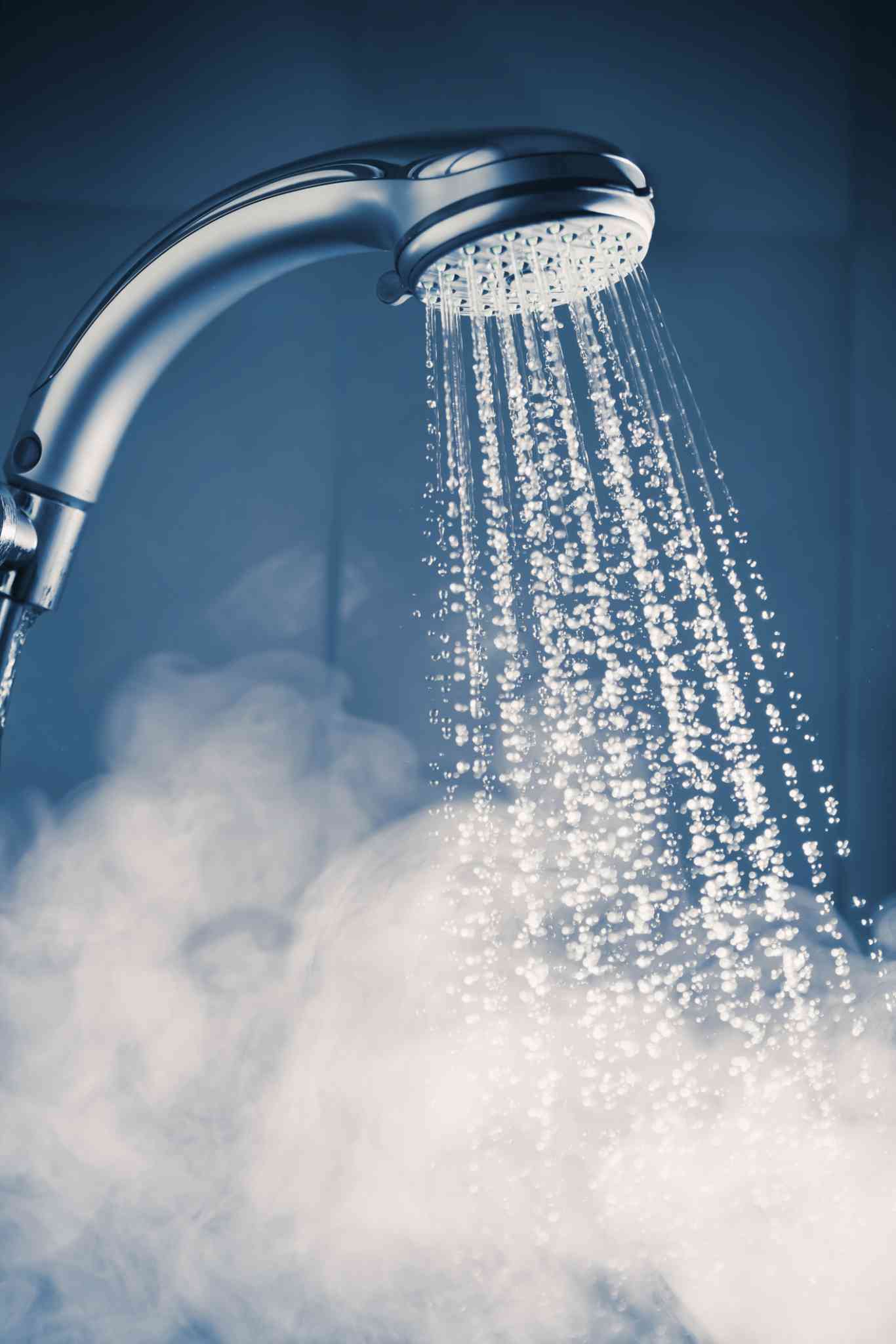


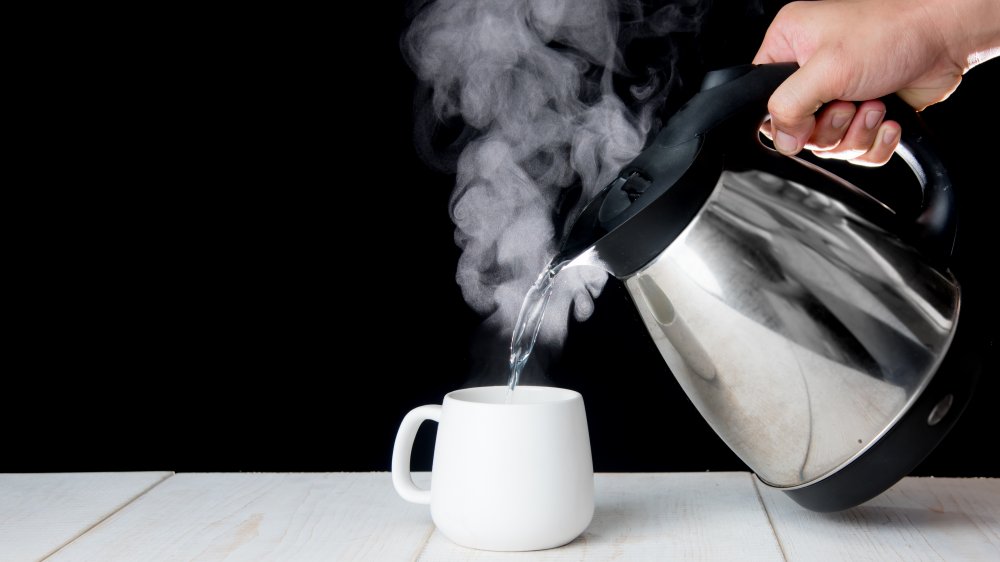

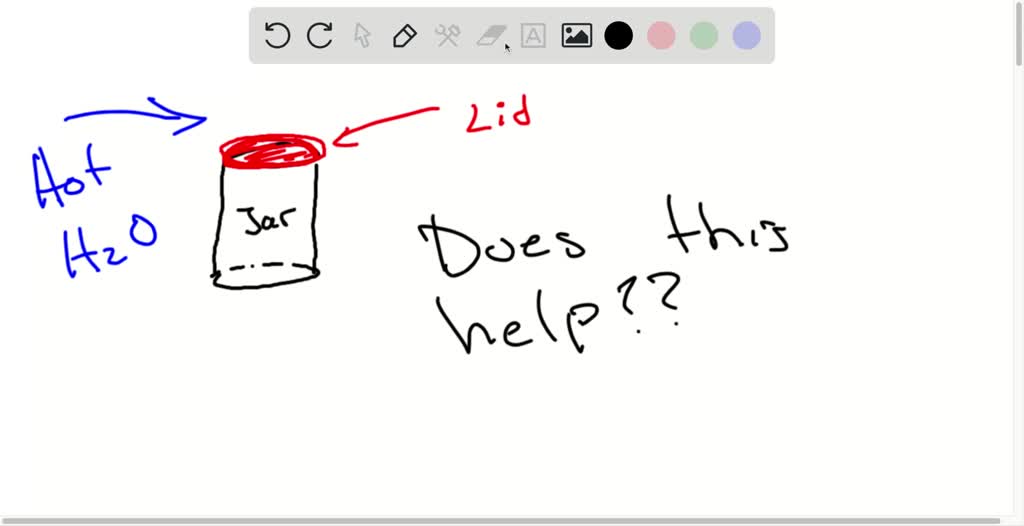

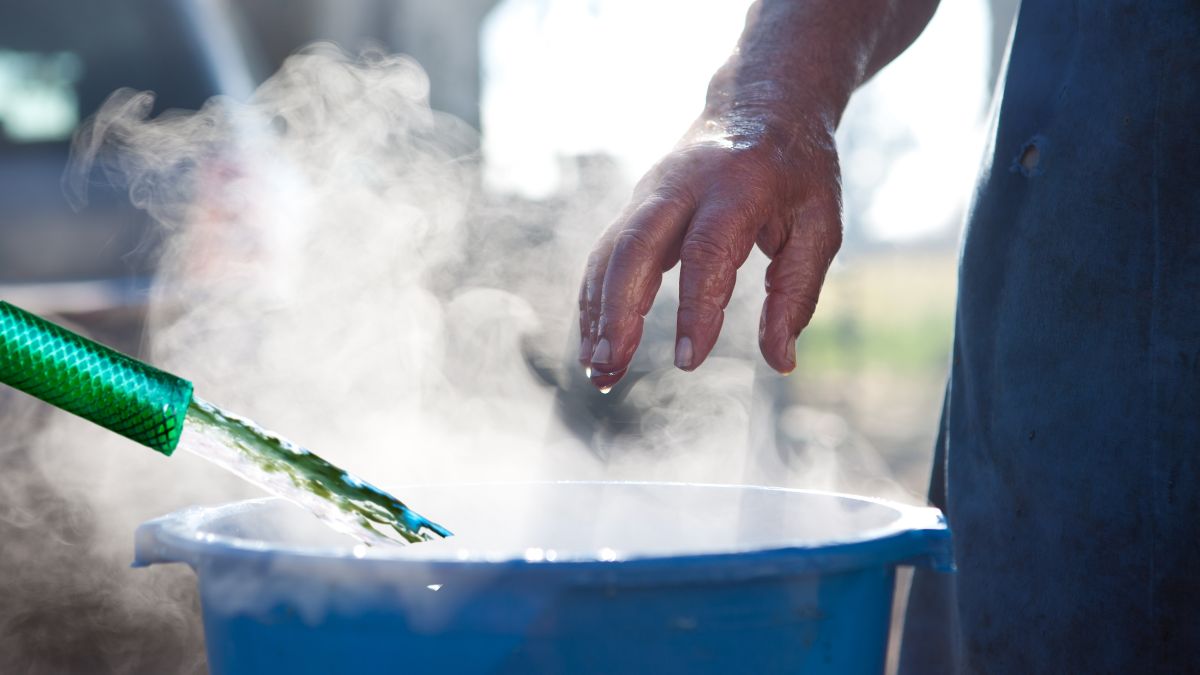







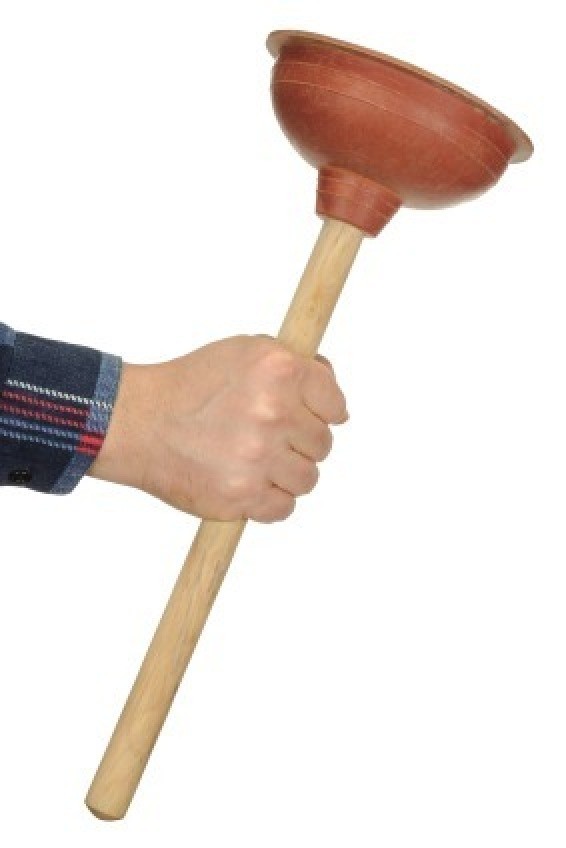
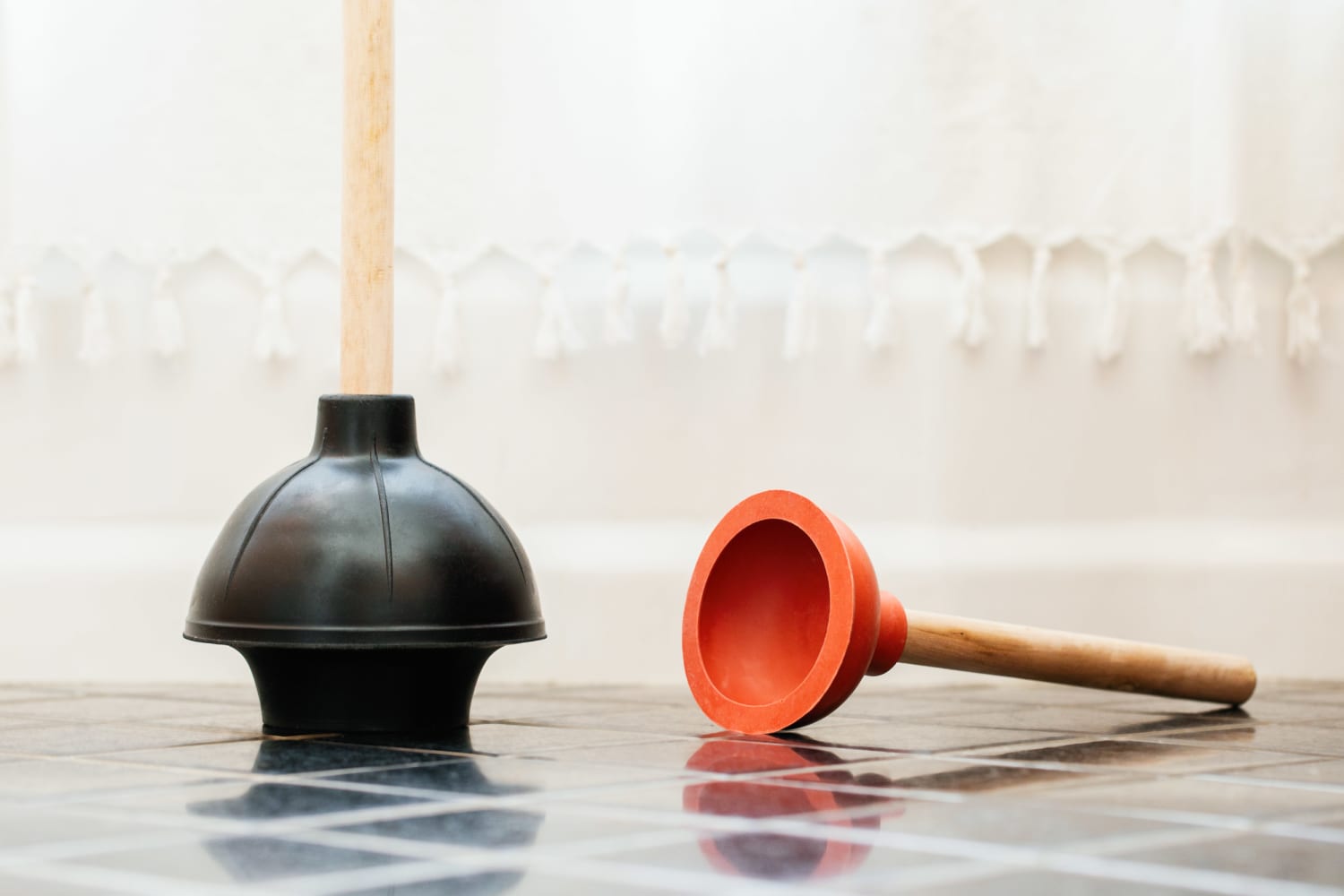



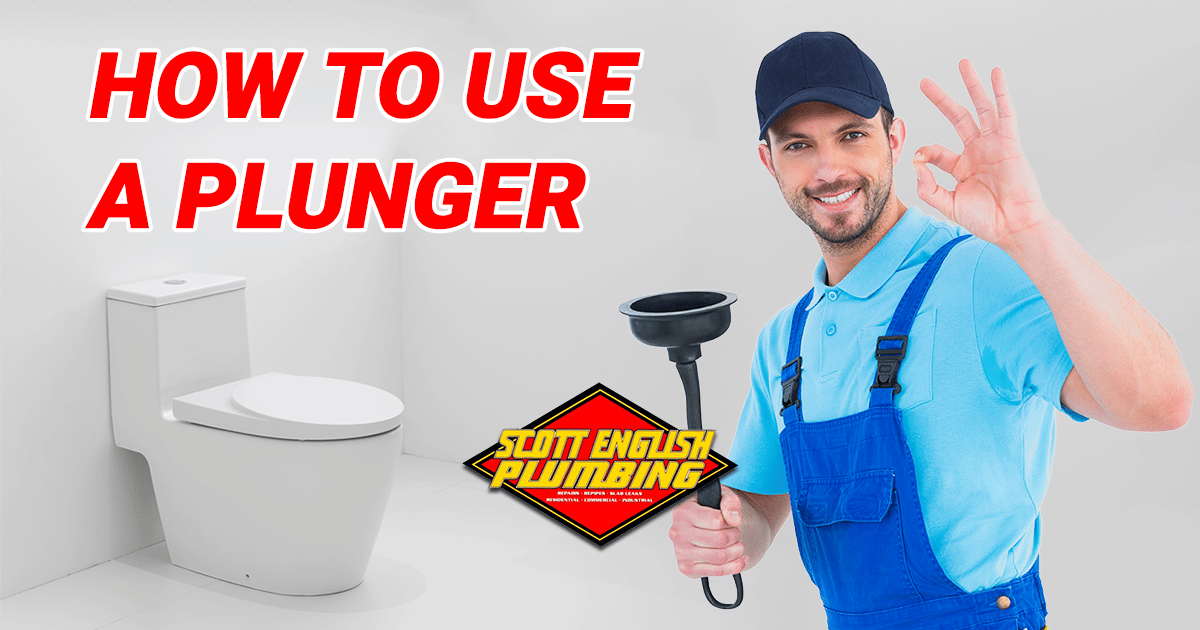
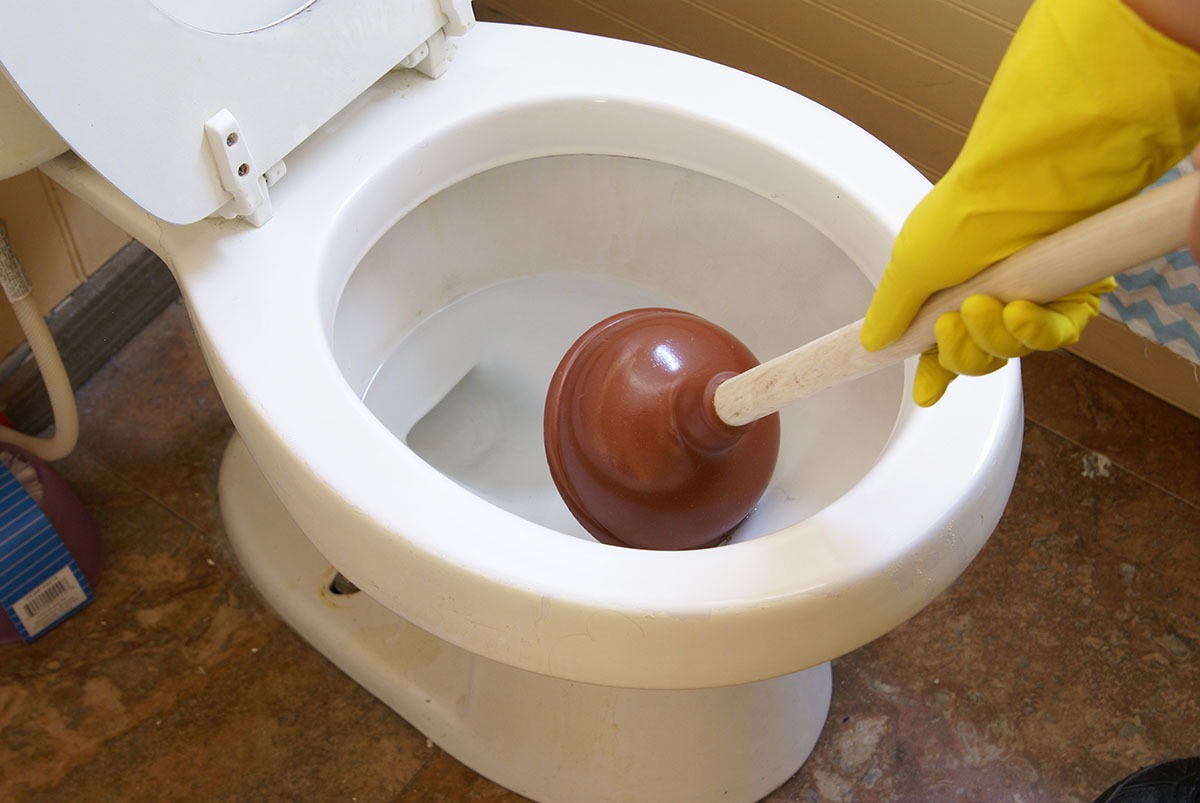


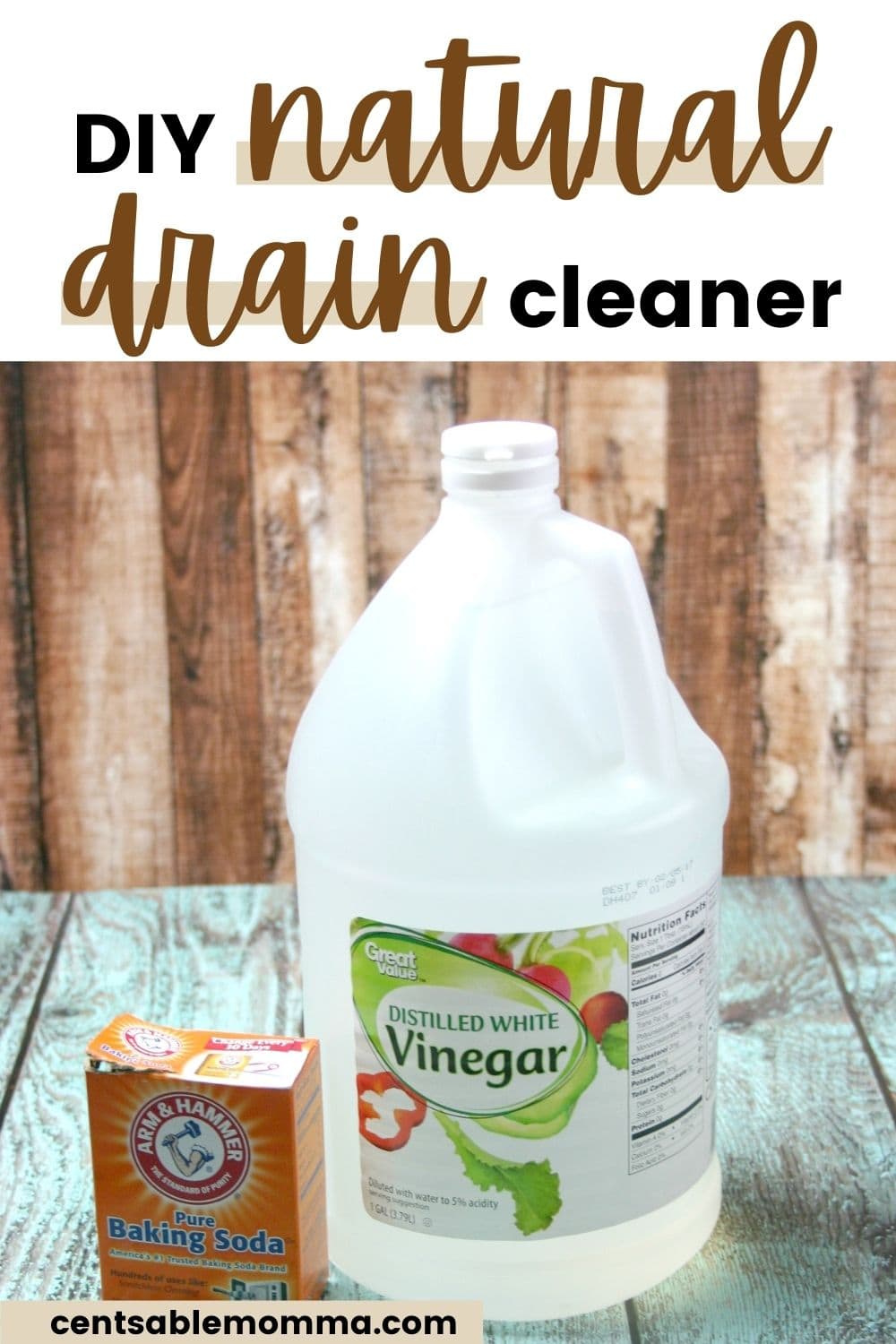
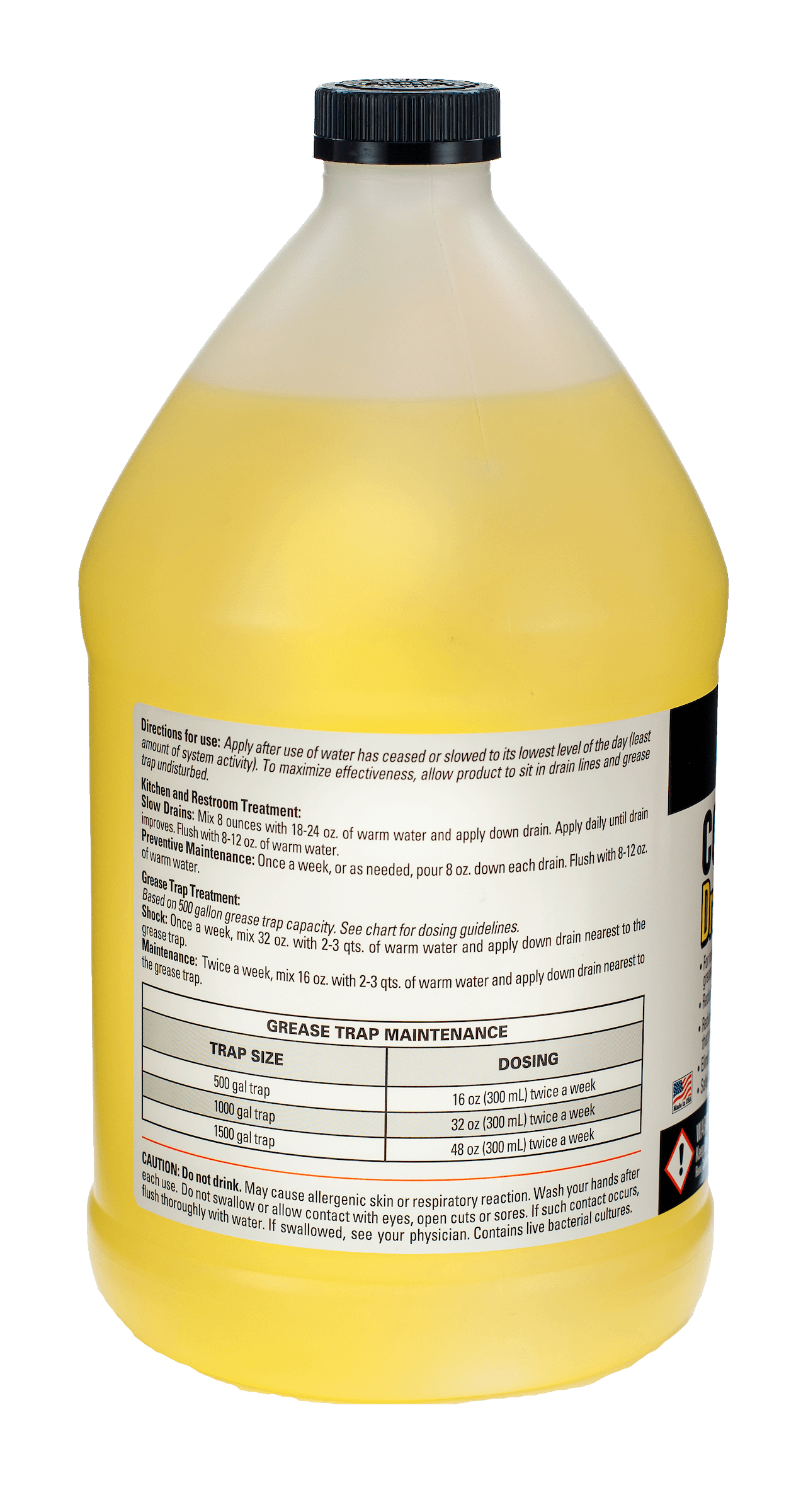

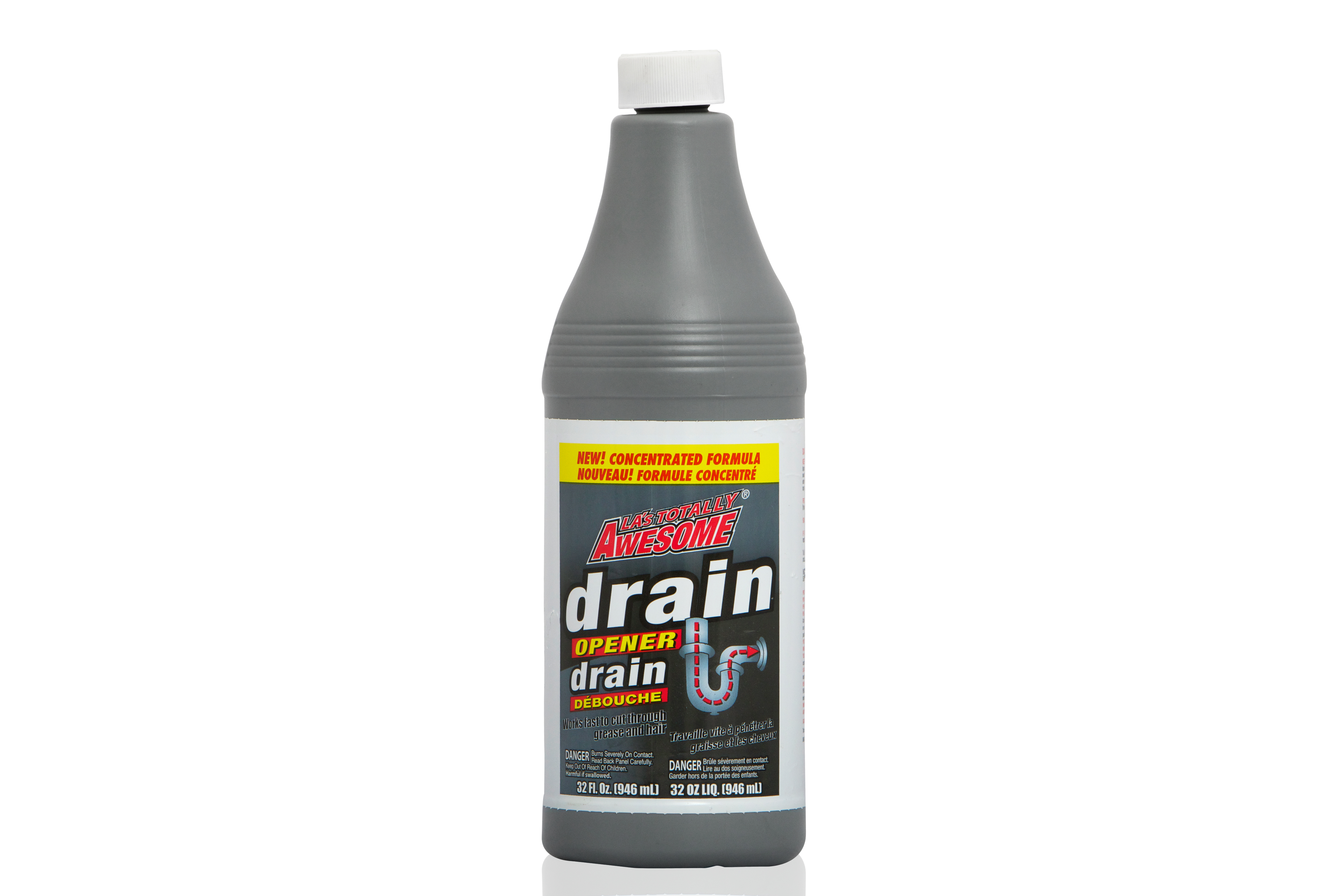
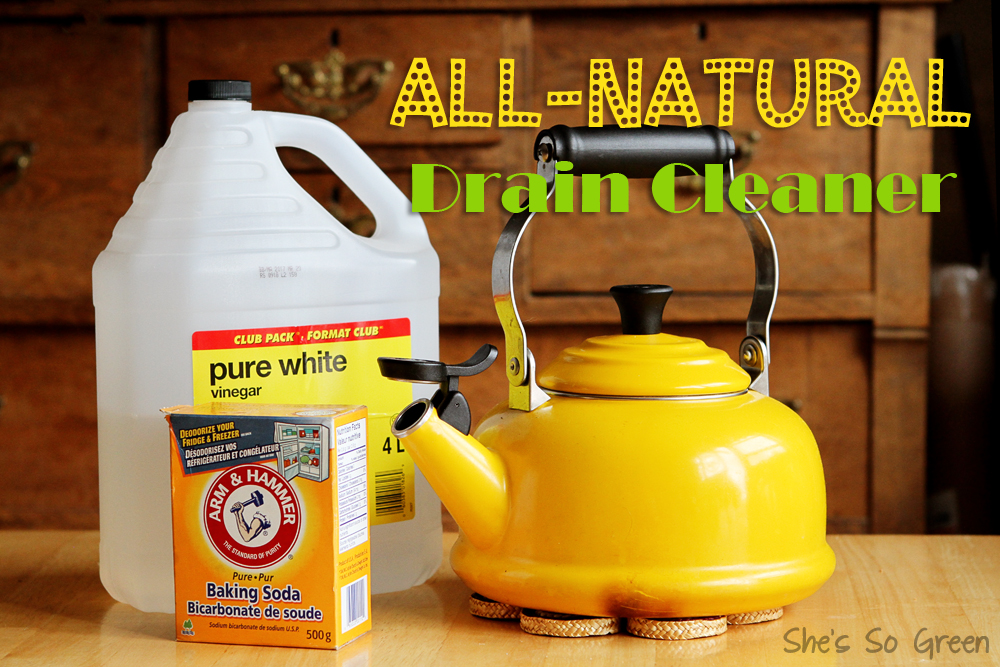
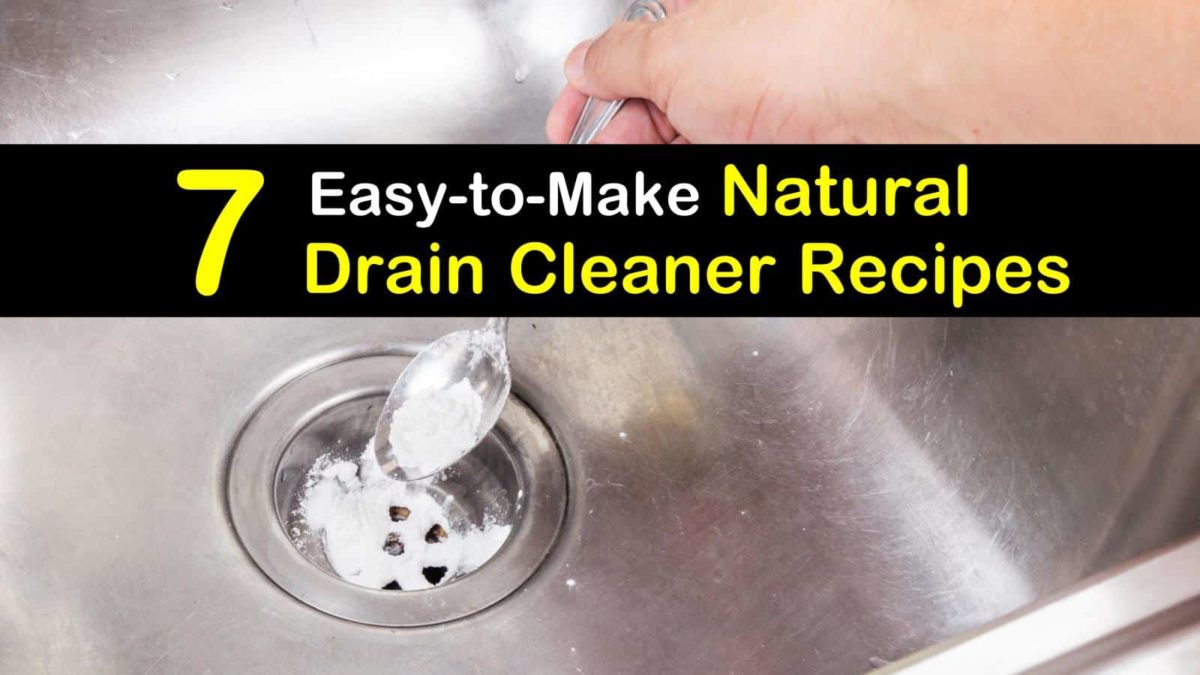







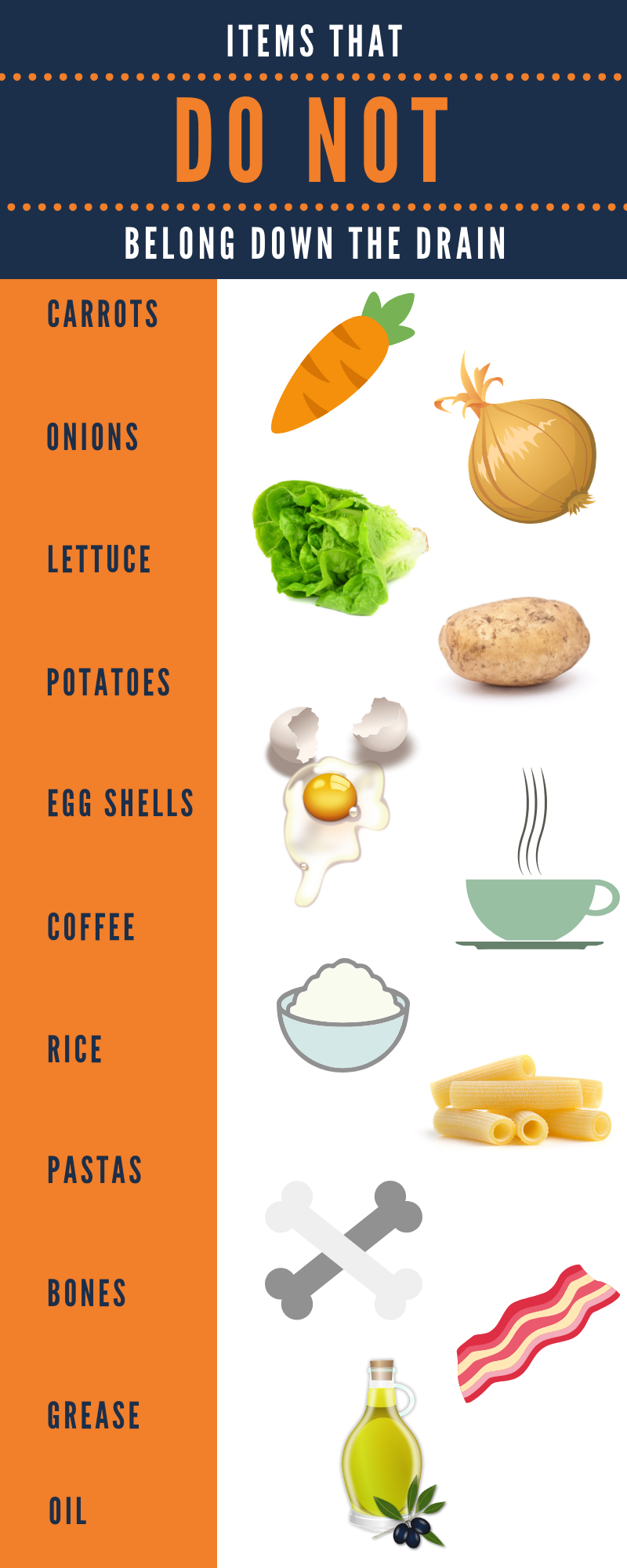
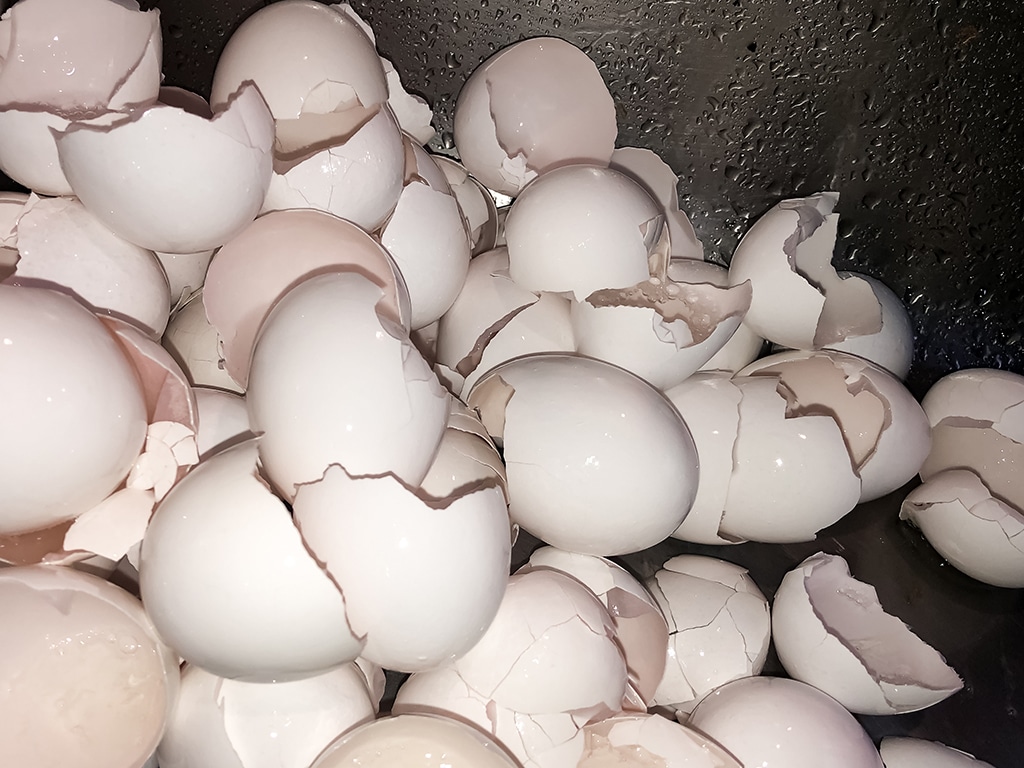



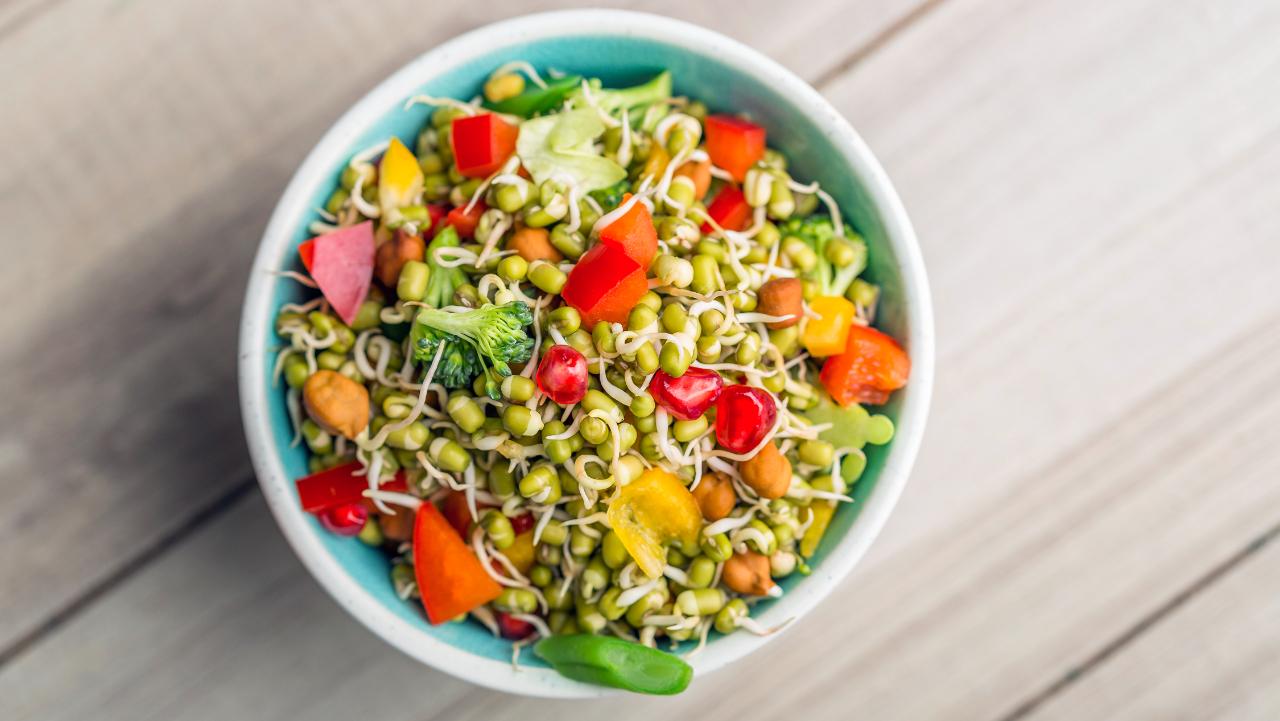
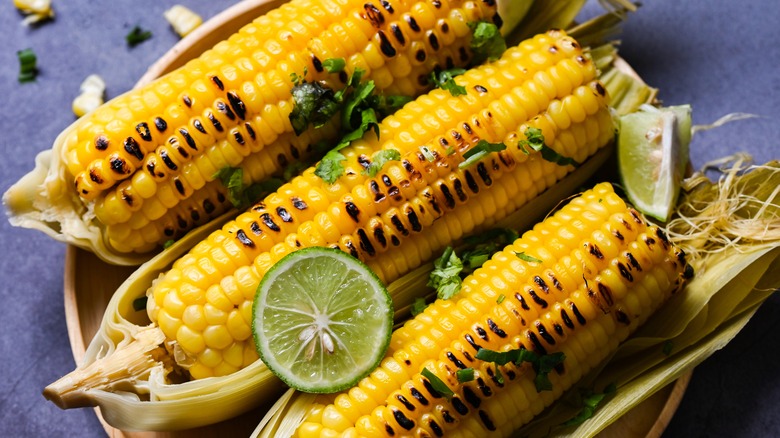

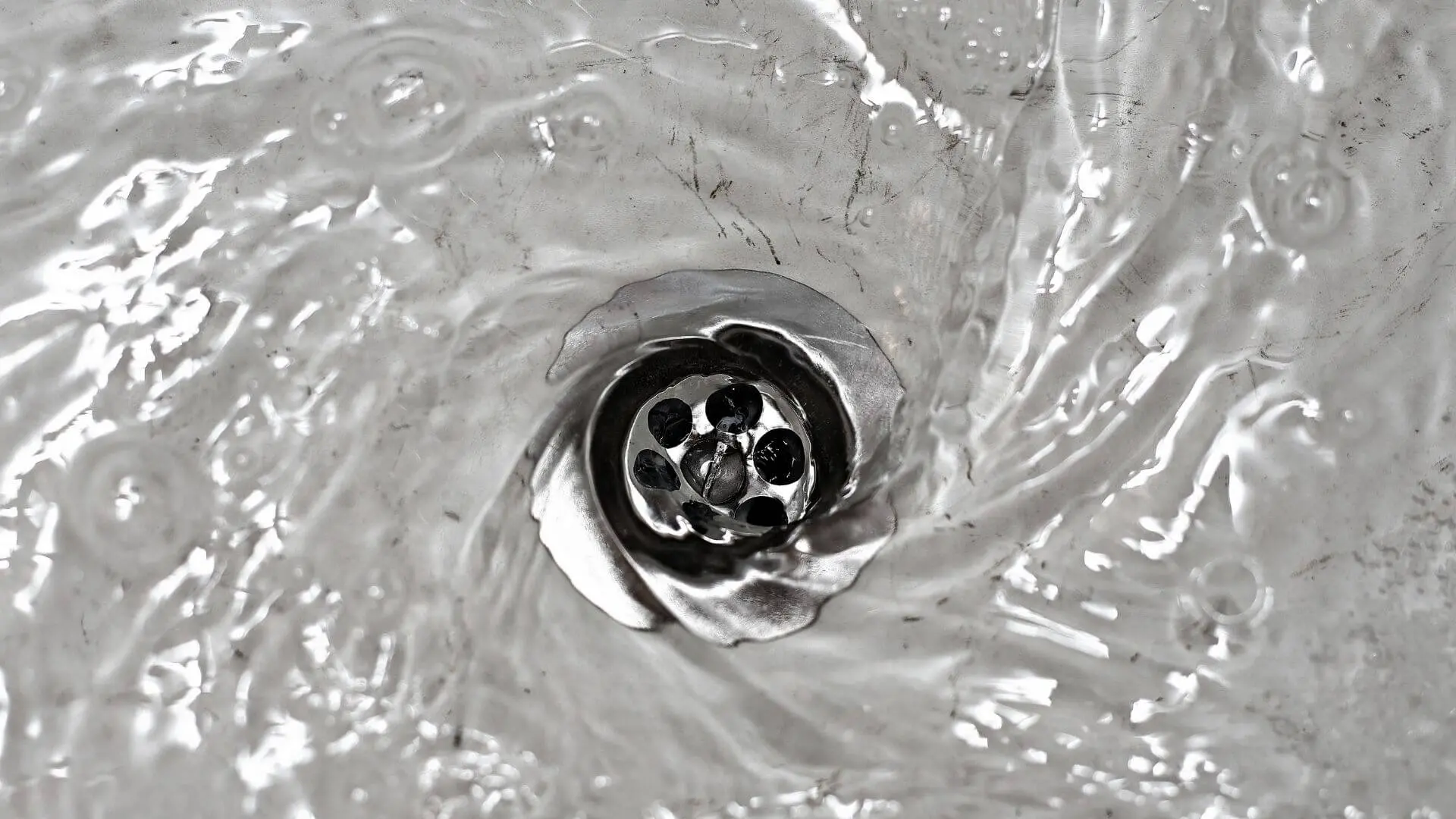






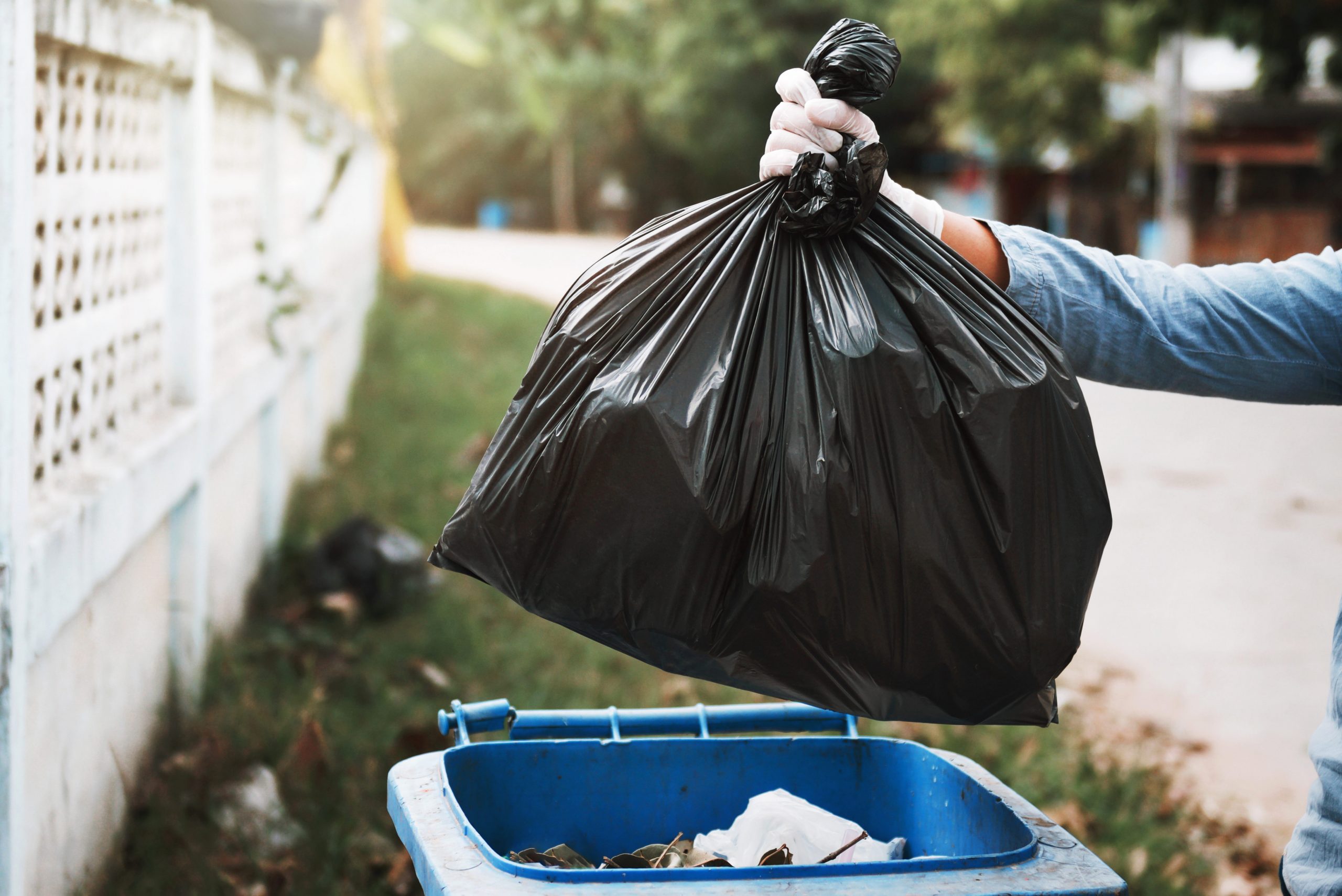


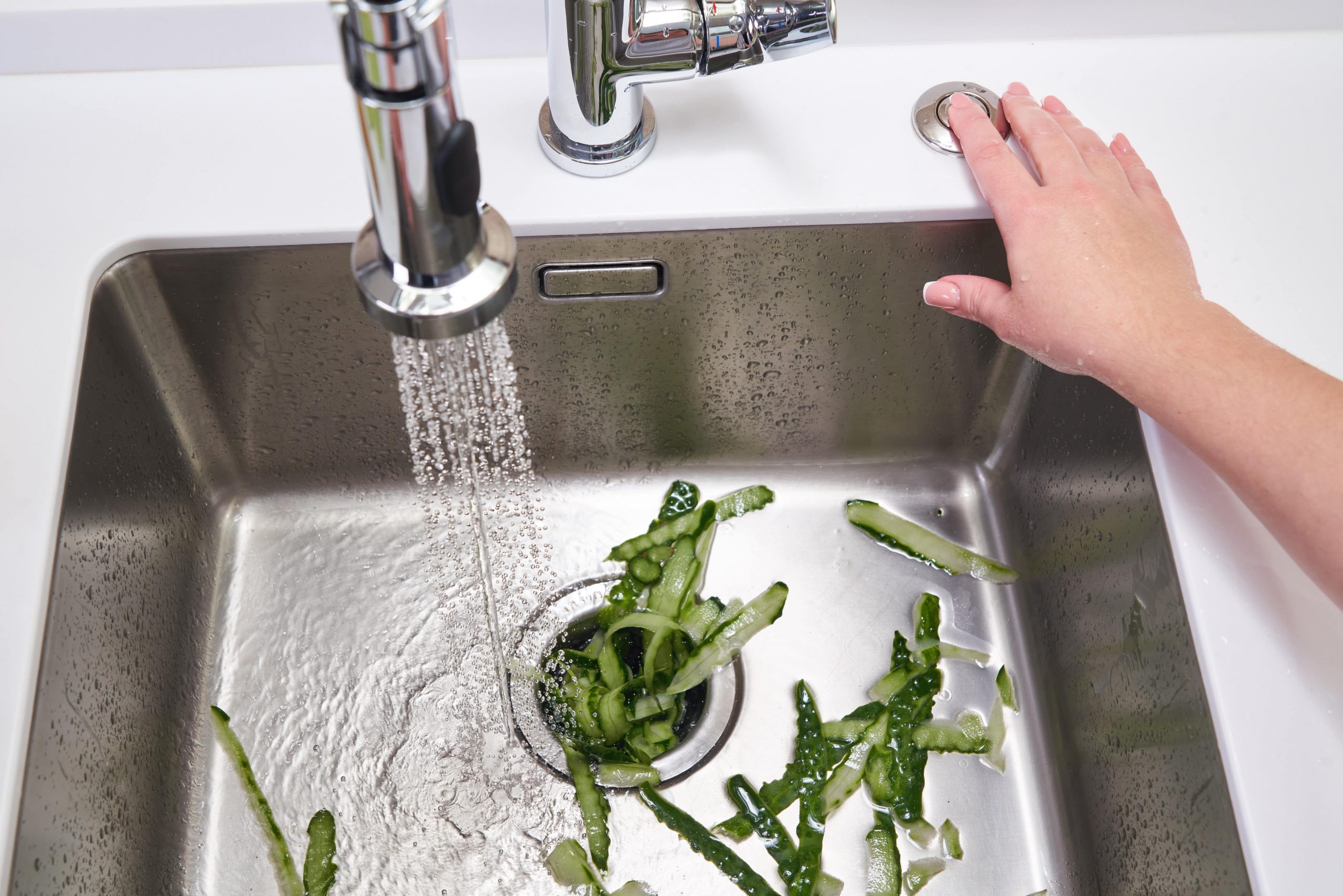
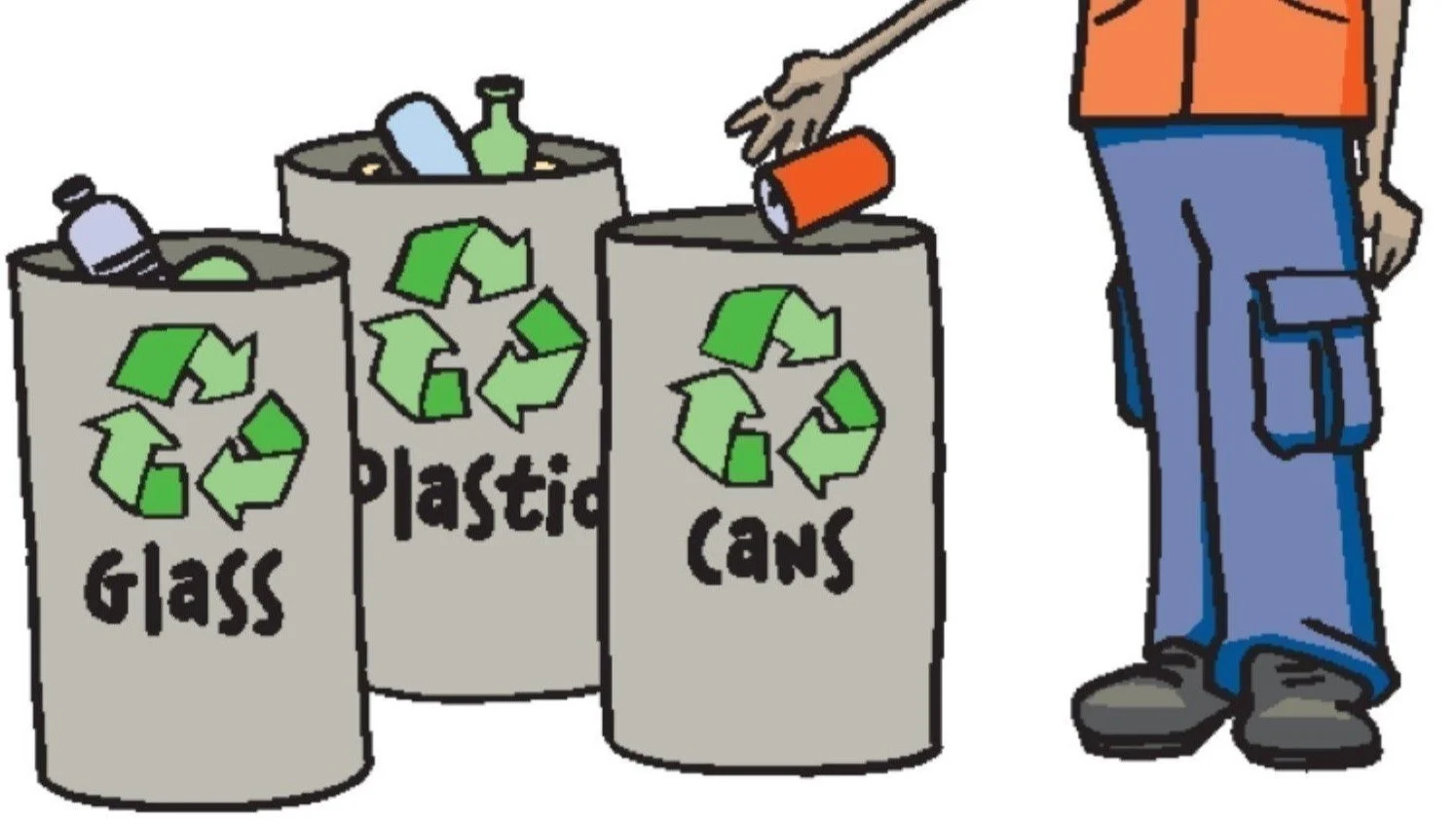
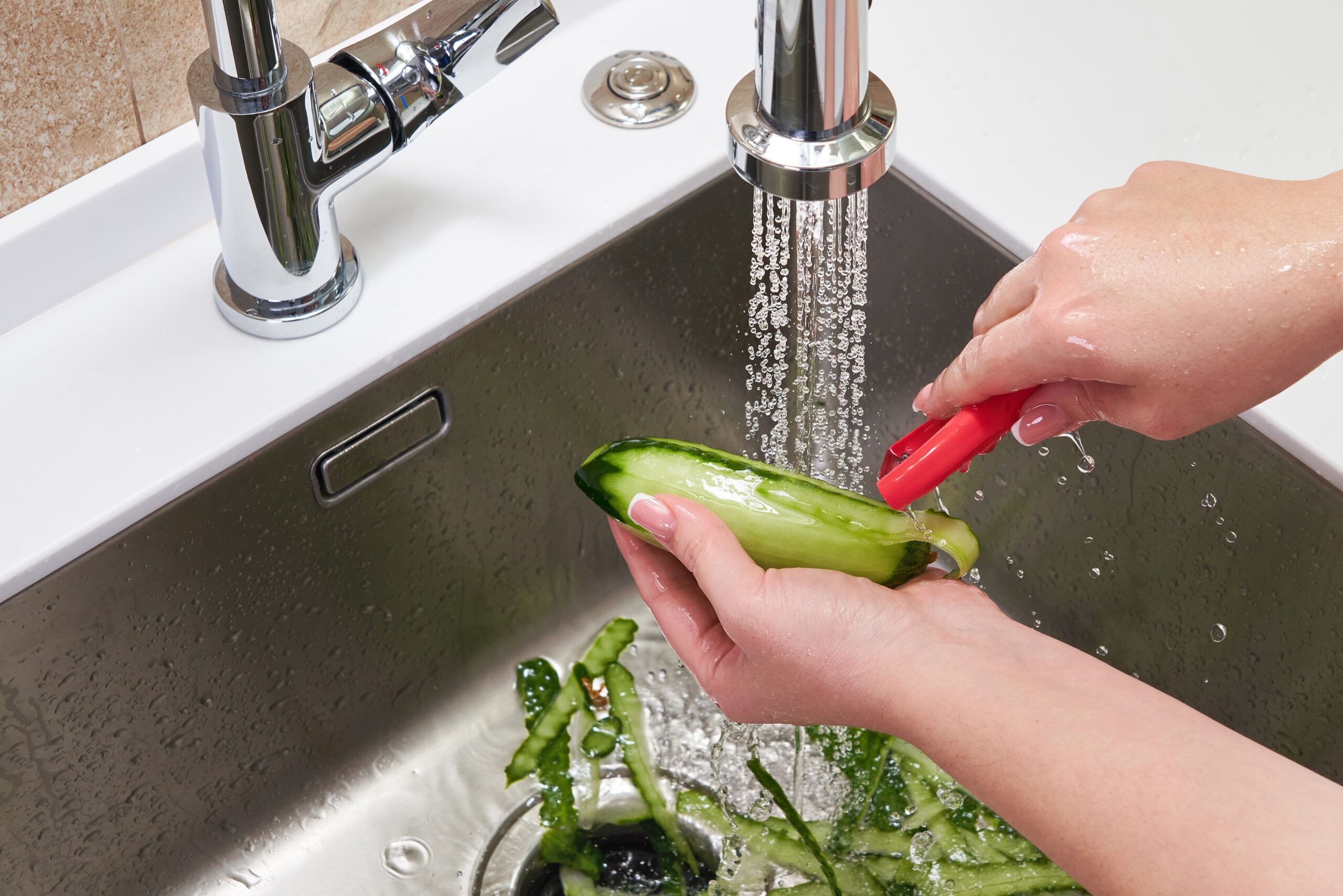
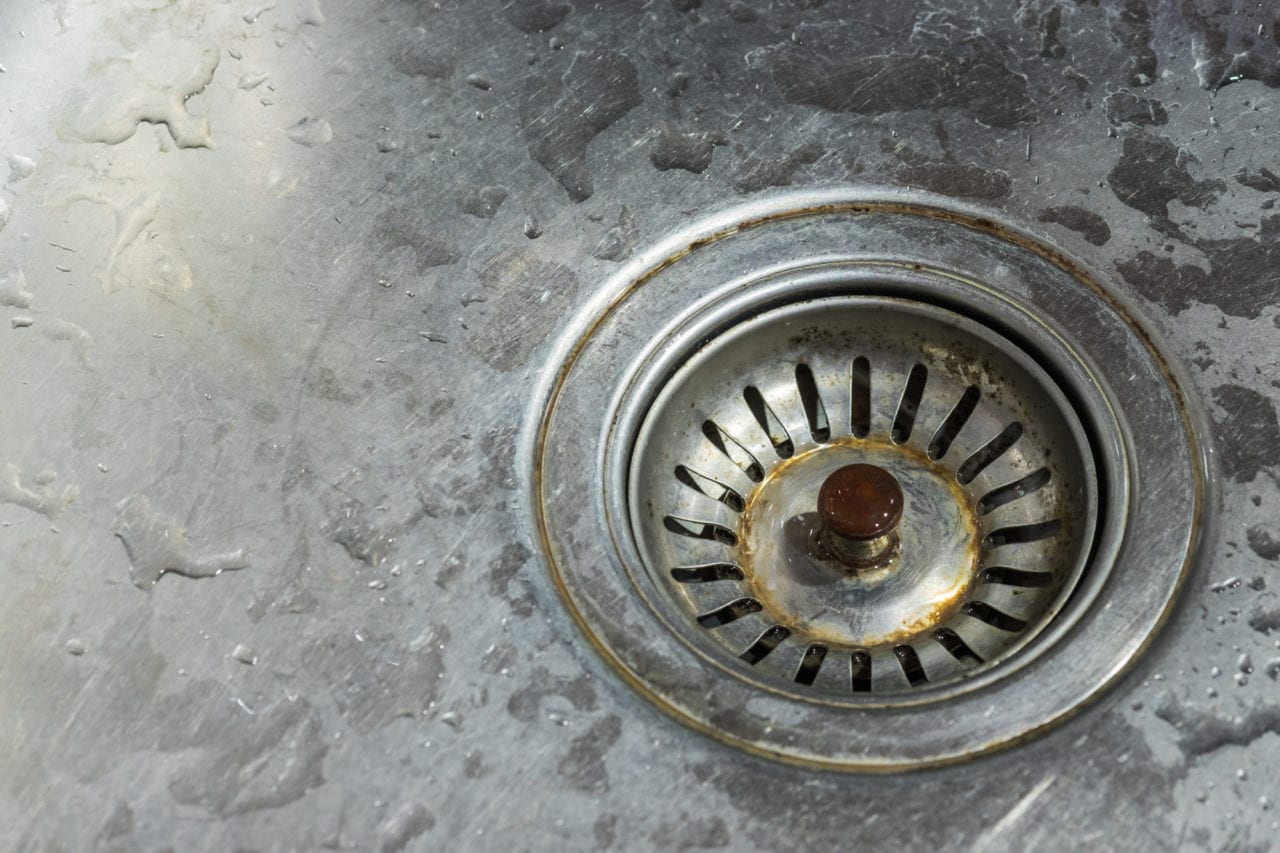





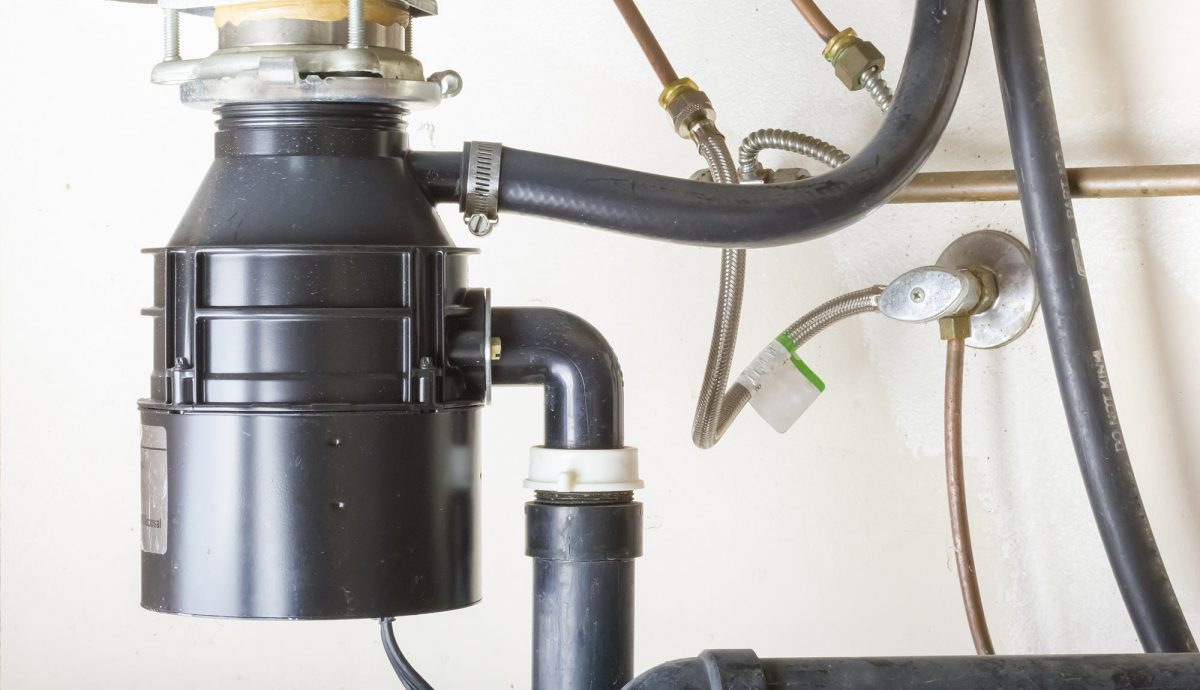
:max_bytes(150000):strip_icc()/garbage-disposal-installation-1824830-hero-1dcd7b5b05d44a2cb367e31692500c8c.jpg)




